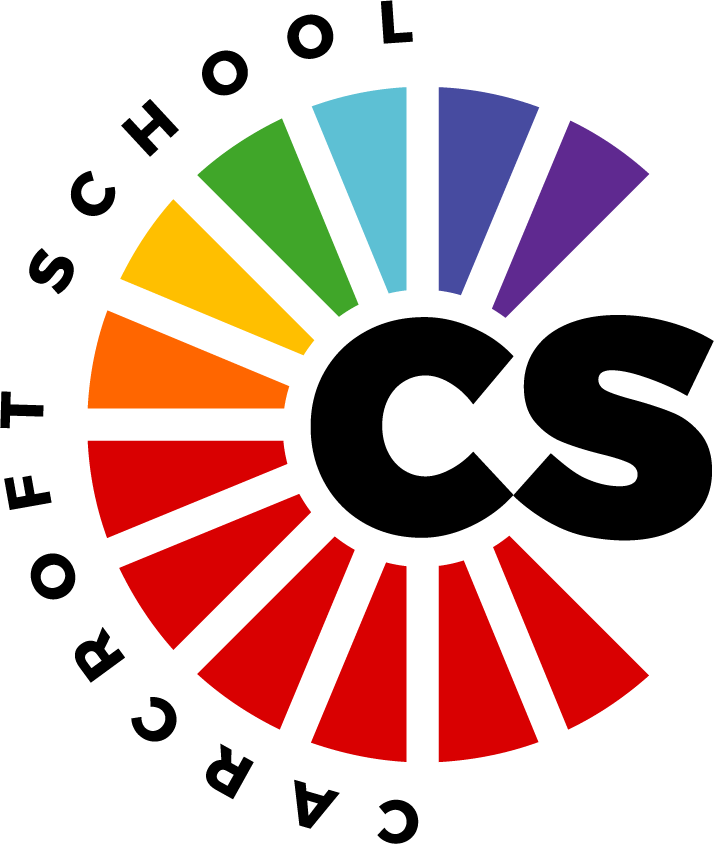In the Summer of 2024, EYFS pupils from primary schools across the XP Trust studied a cross-curricular expedition ‘Early Years Explorers’ looking to answer the guiding question ‘What happens where the sea meets the shore?’.
CS1 – Why is the seaside a special place?
In case study 1, the children hooked into their learning with a seaside experience at school! Their outdoor area was turned into a miniature beach for them to explore using all of their senses and to experience what visiting the seaside might feel like. The children then focused on the story ‘Lucy and Tom at the seaside’ and used a range of videos and photographs to explore the history of the sea side and why it feels like such a special place. They wrote lists of things that they would need to take with them to the seaside, and then they got to visit Cleethorpes for a full seaside experience!
After visiting the seaside, the children were able to compare the past and present using their own experiences and the photos and videos from week one. They talked about what was the same, what was different and how they felt when they were there. The children then wrote about their experiences.
After that, the children began to look at similarities and differences between Cleethorpes and Carcroft. They noticed that both places have buses, roads, shops and houses, but that Cleethorpes has the sea and a beach! They used their noticing lens and experience of both places to support their discussions. Once the children were confident in comparing two places in the UK, they began to look at the wider world. We looked at beaches from different countries and talked about what was the same and what was different in these places. The children also looked at where the different countries were within our world, and how we would travel there because we couldn’t hop on a coach like we did to get to Cleethorpes!


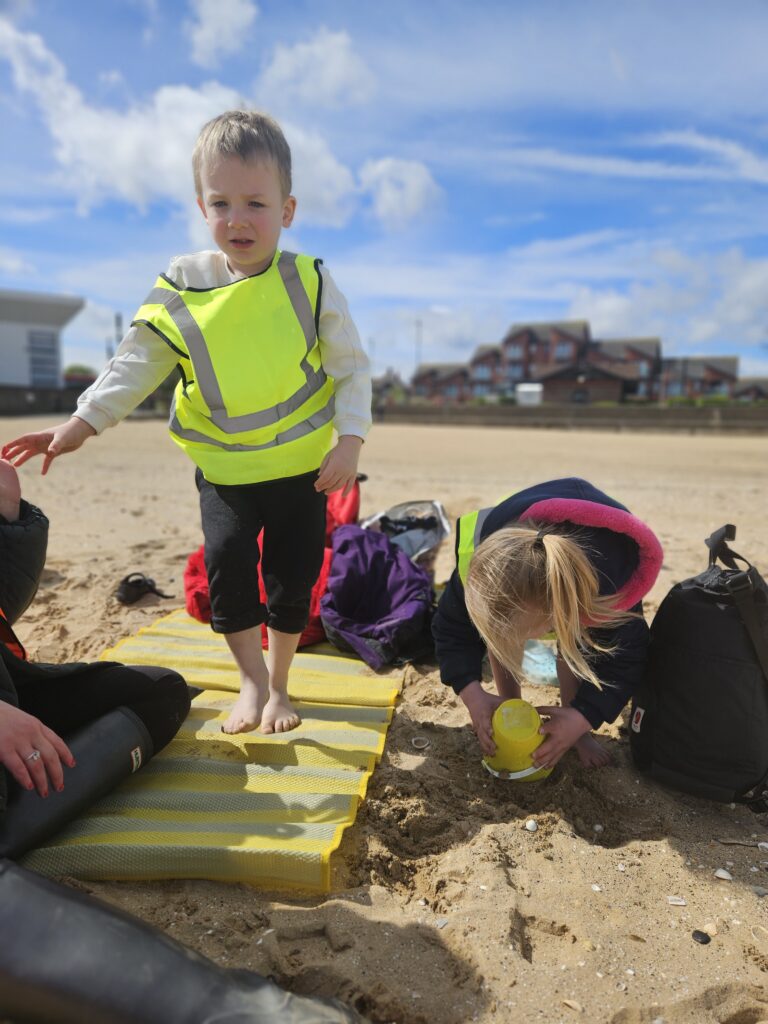
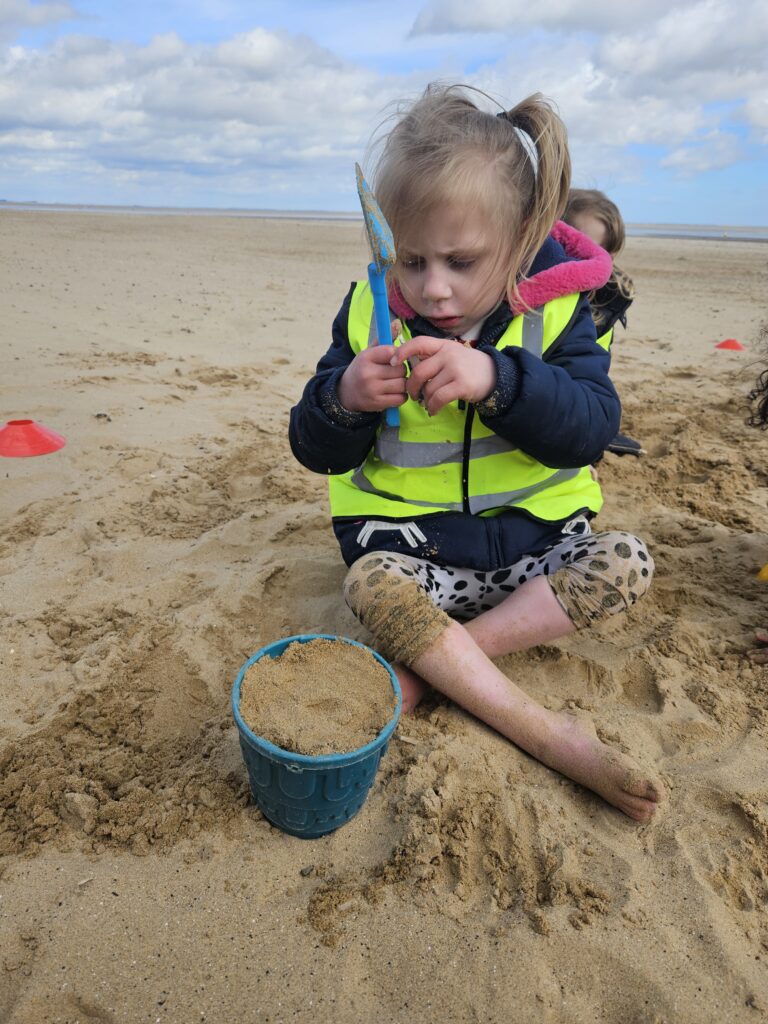
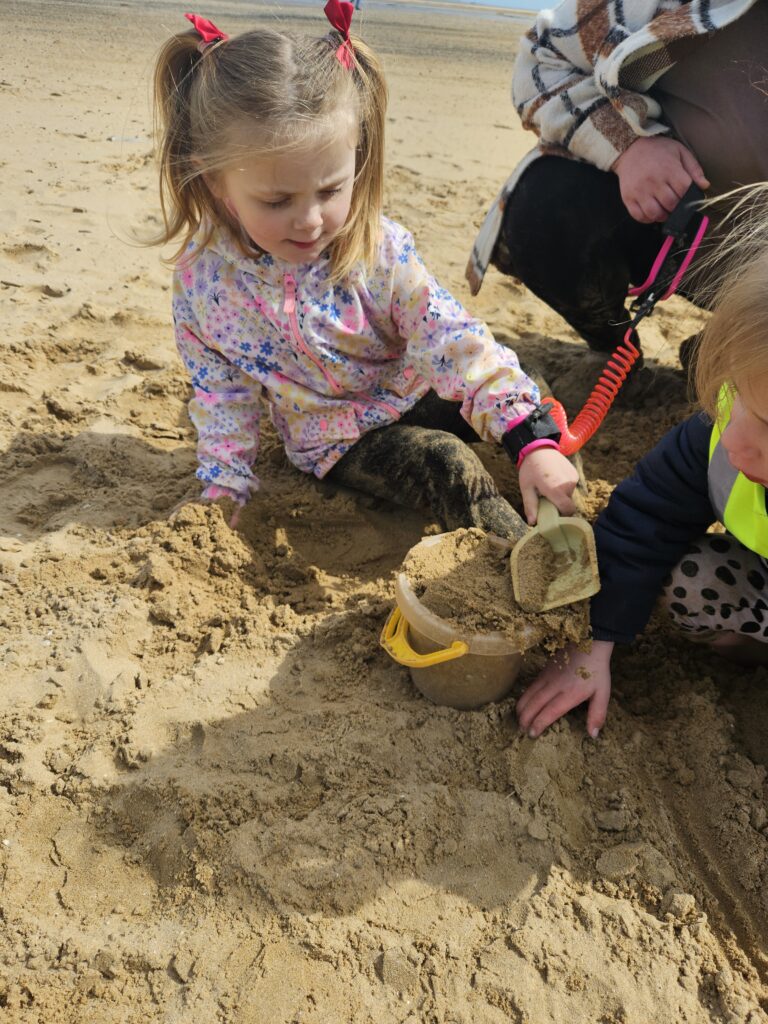
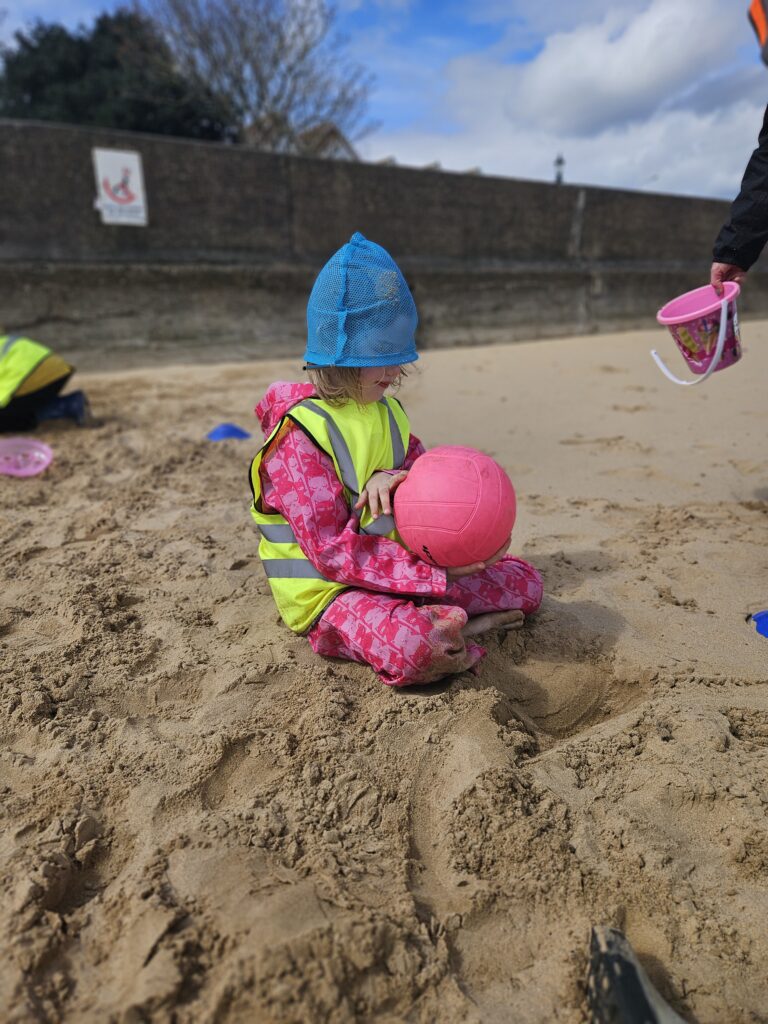


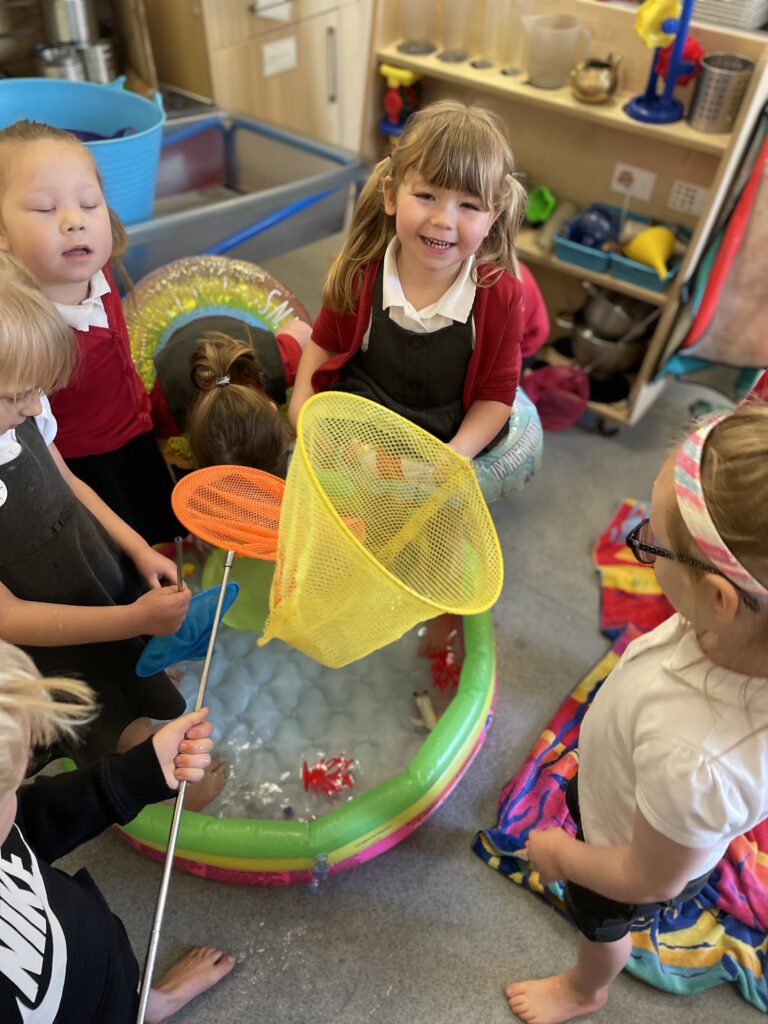
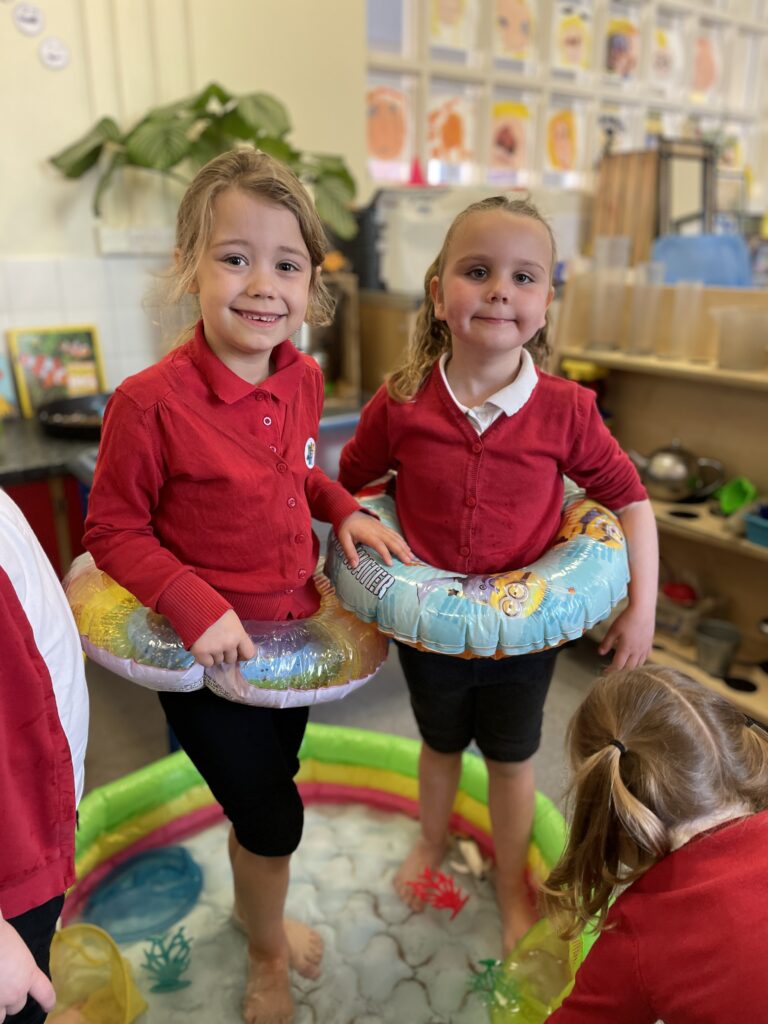

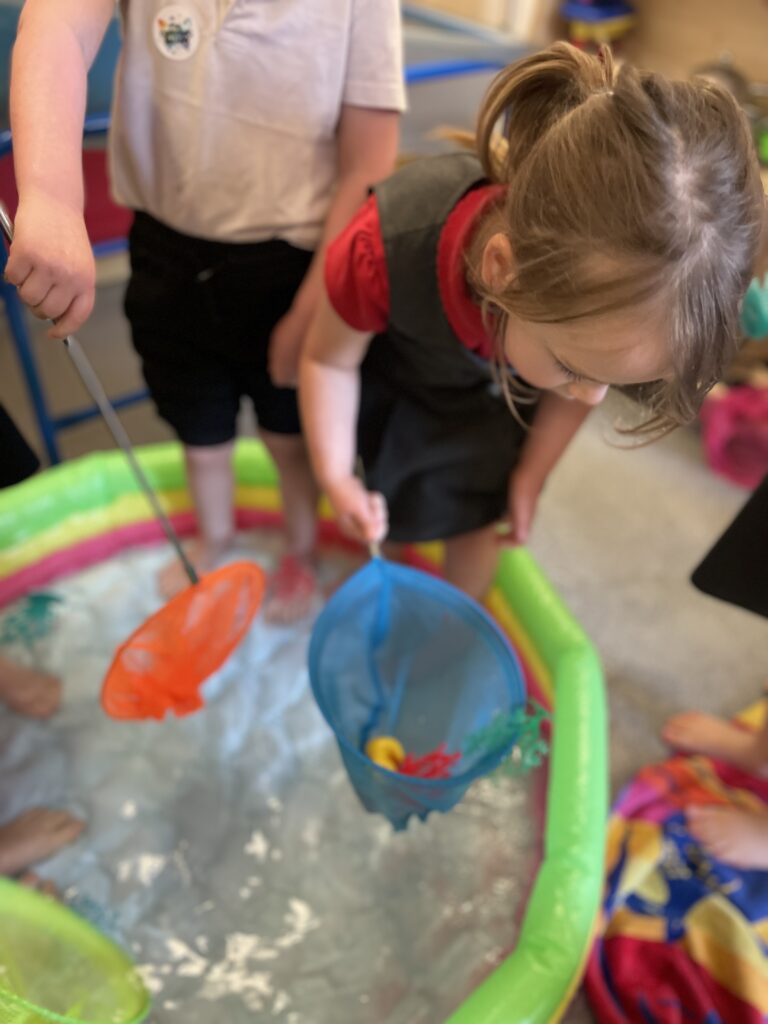

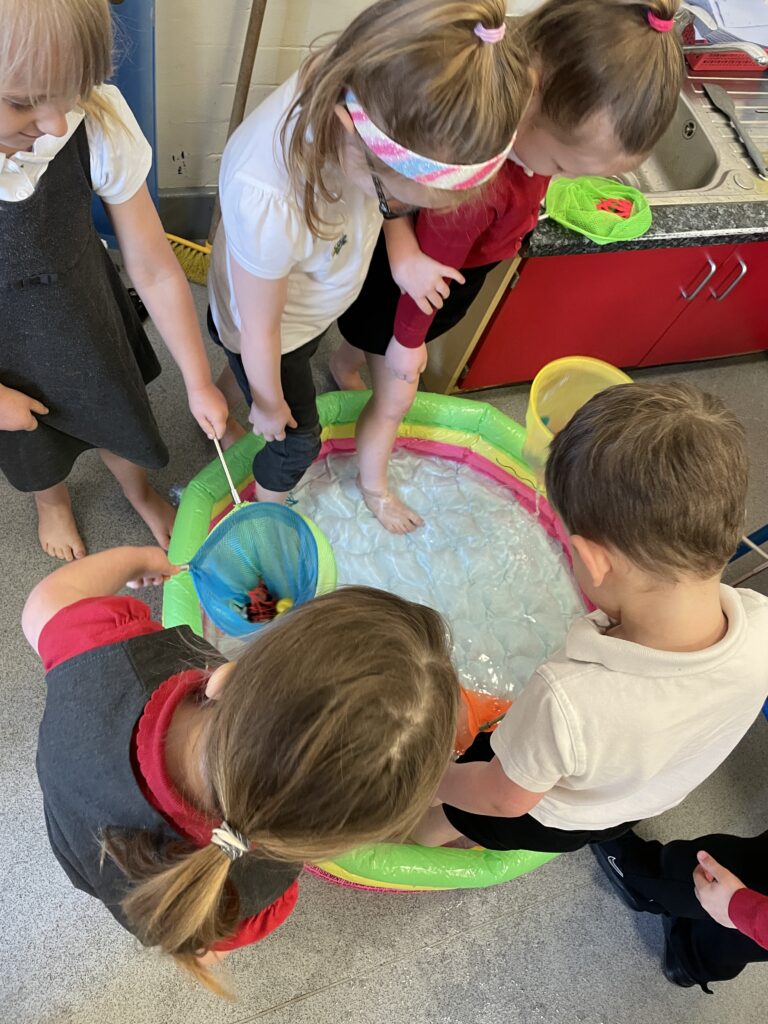
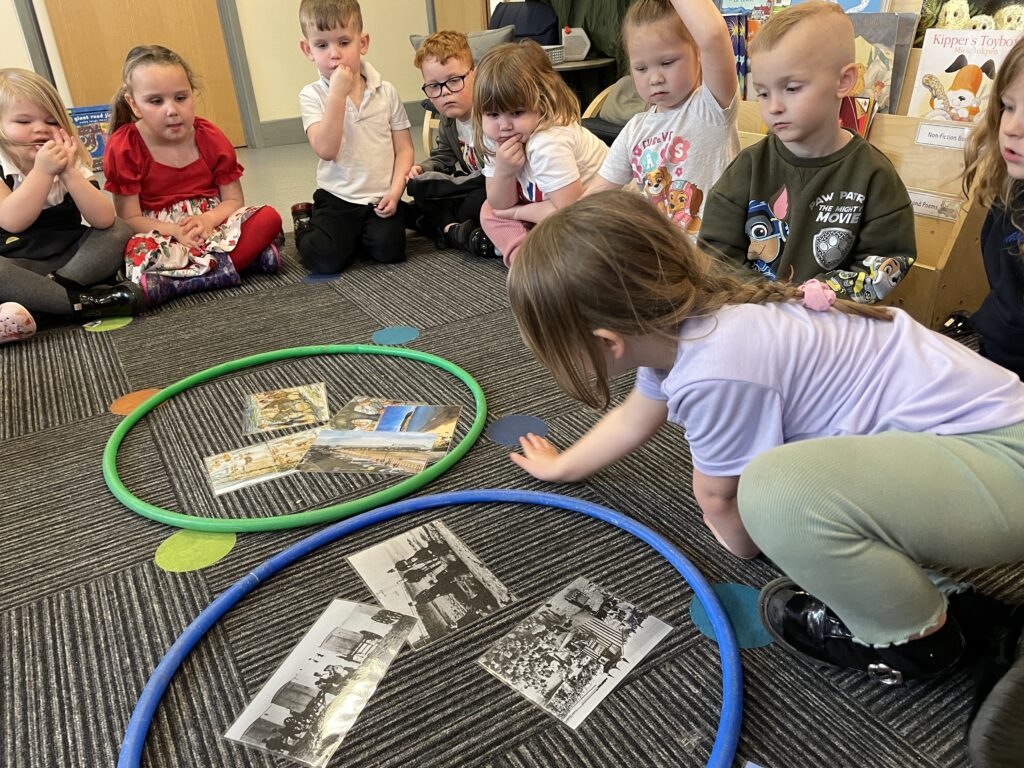


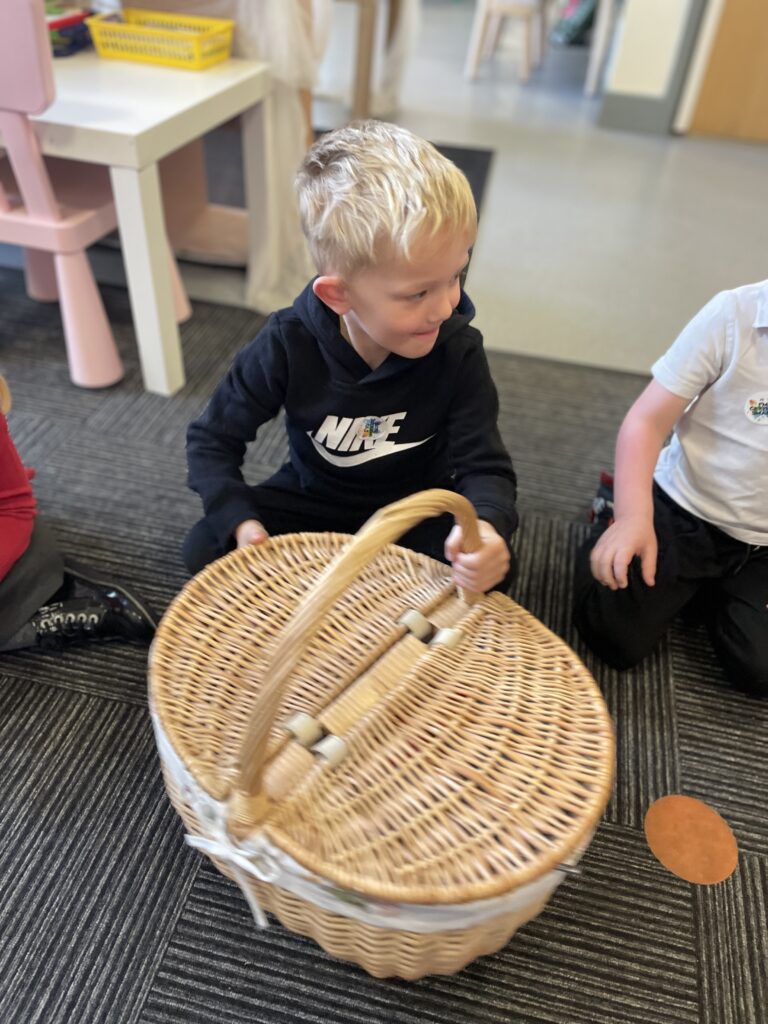

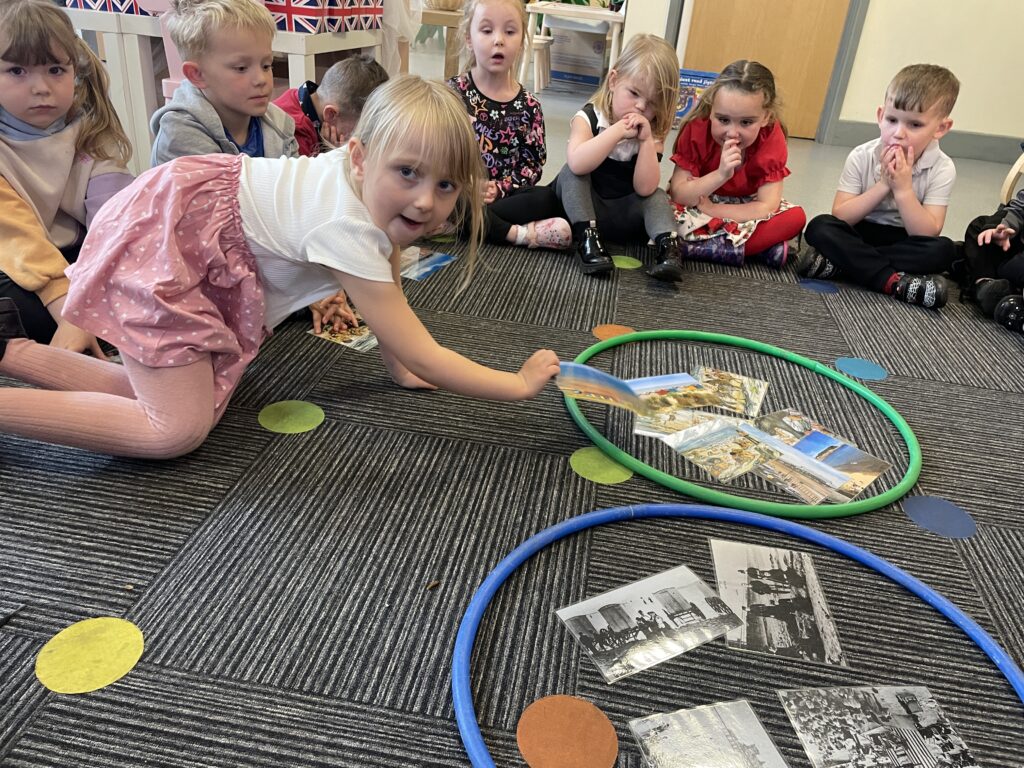
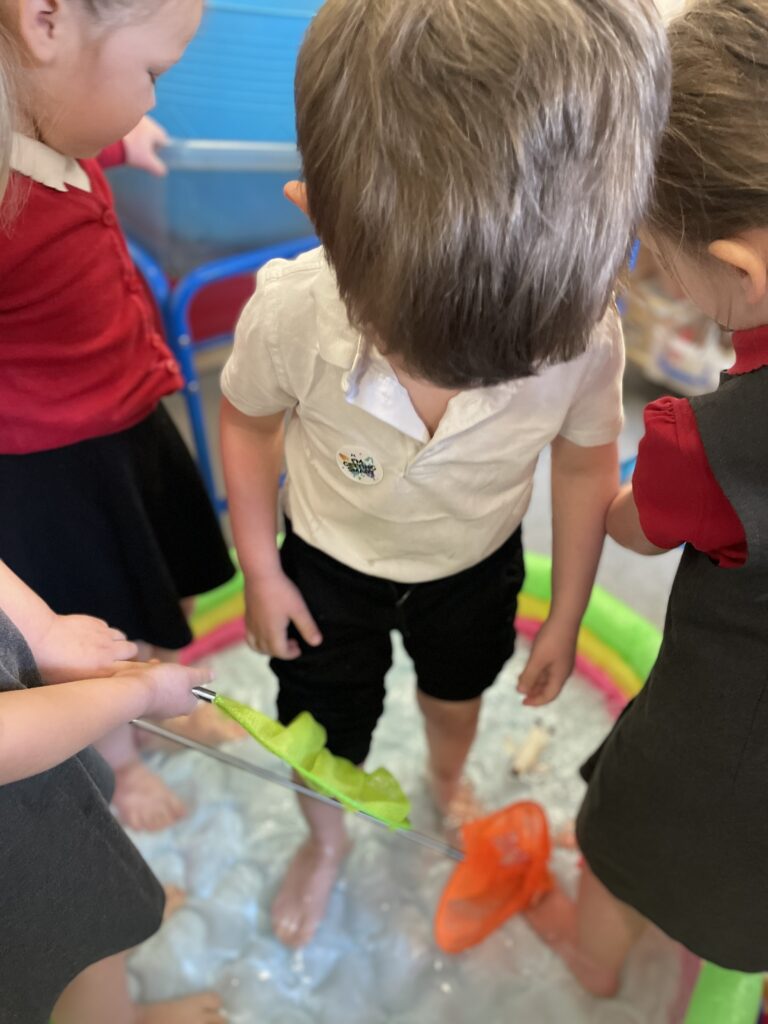

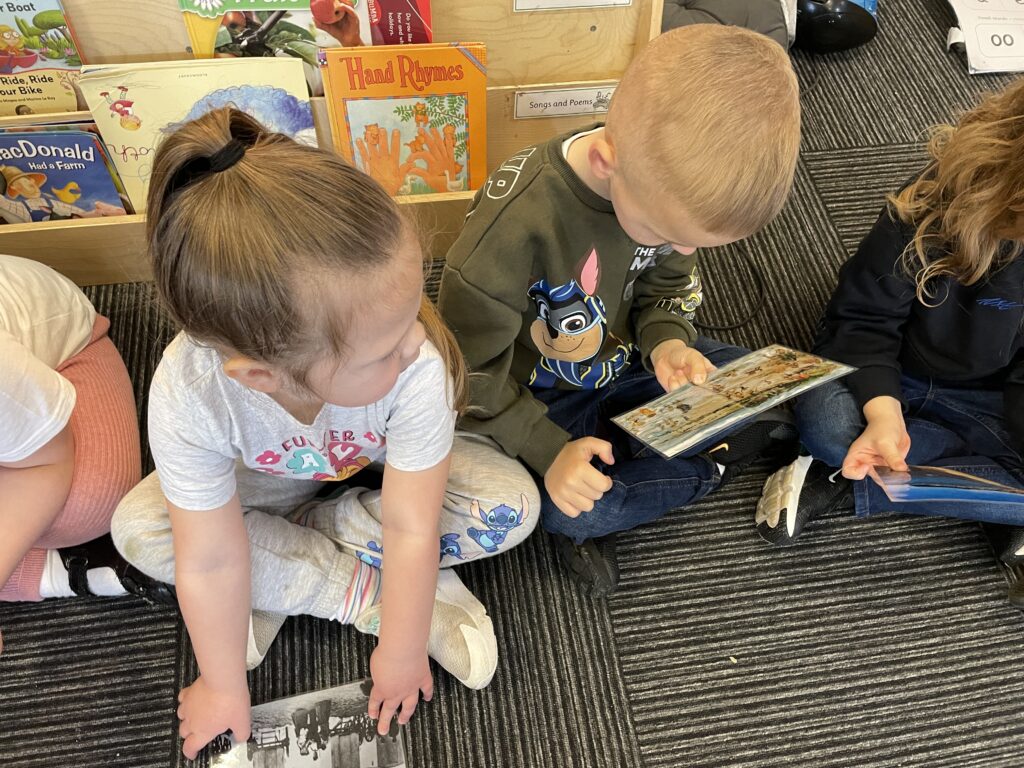

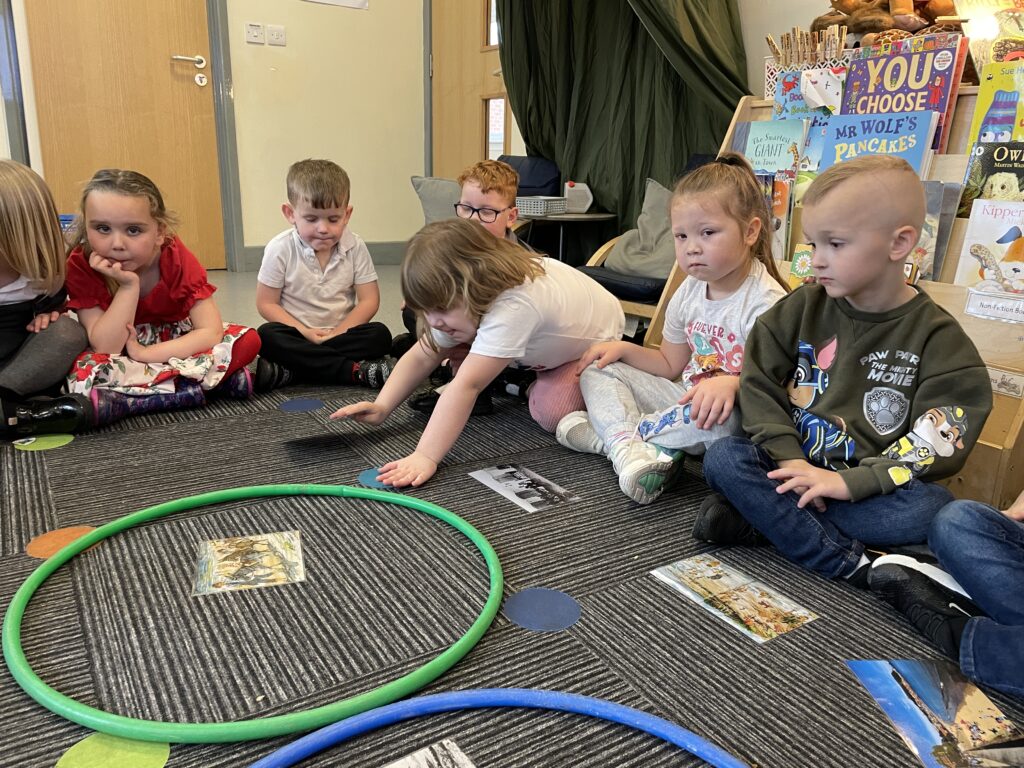

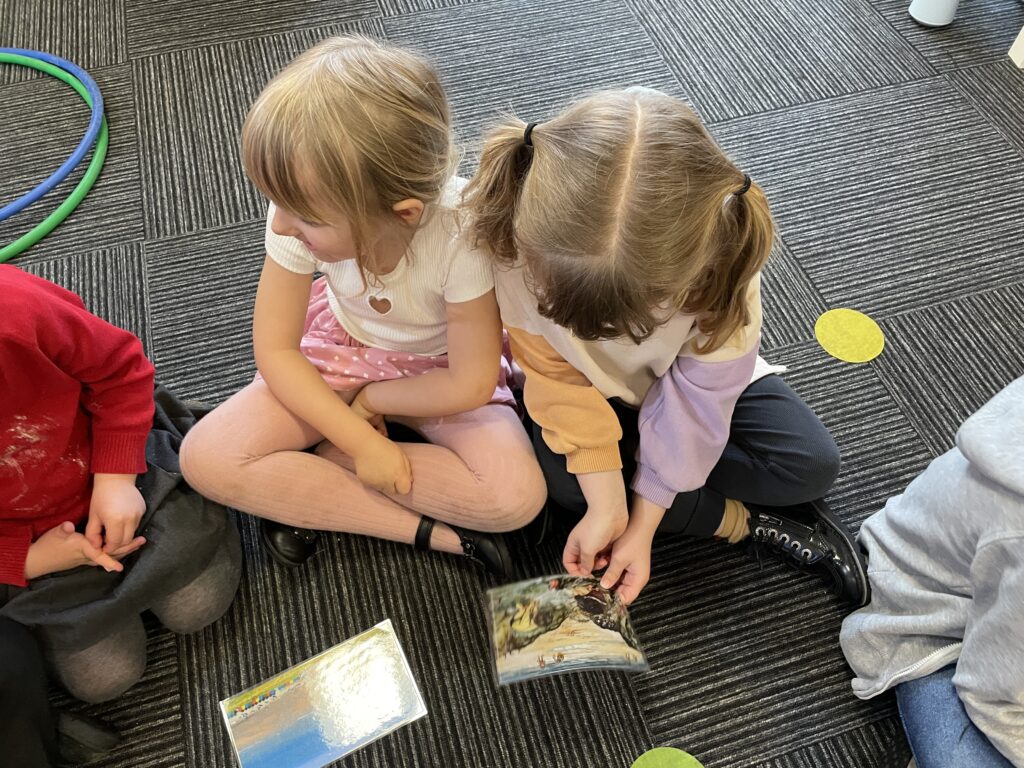
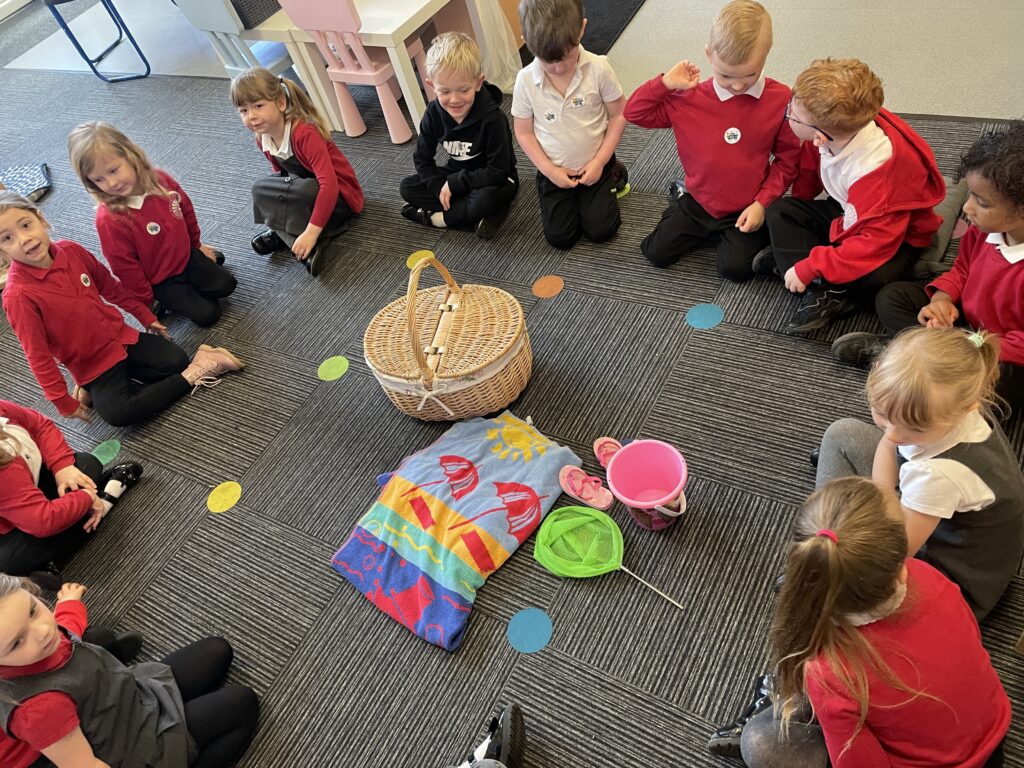
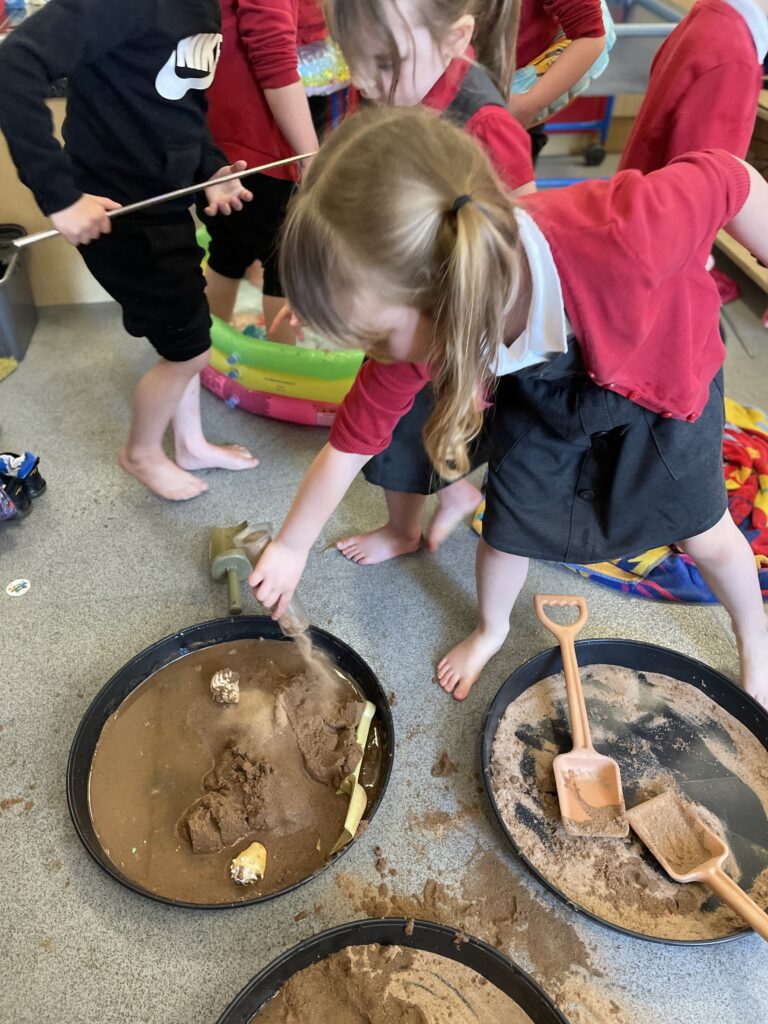

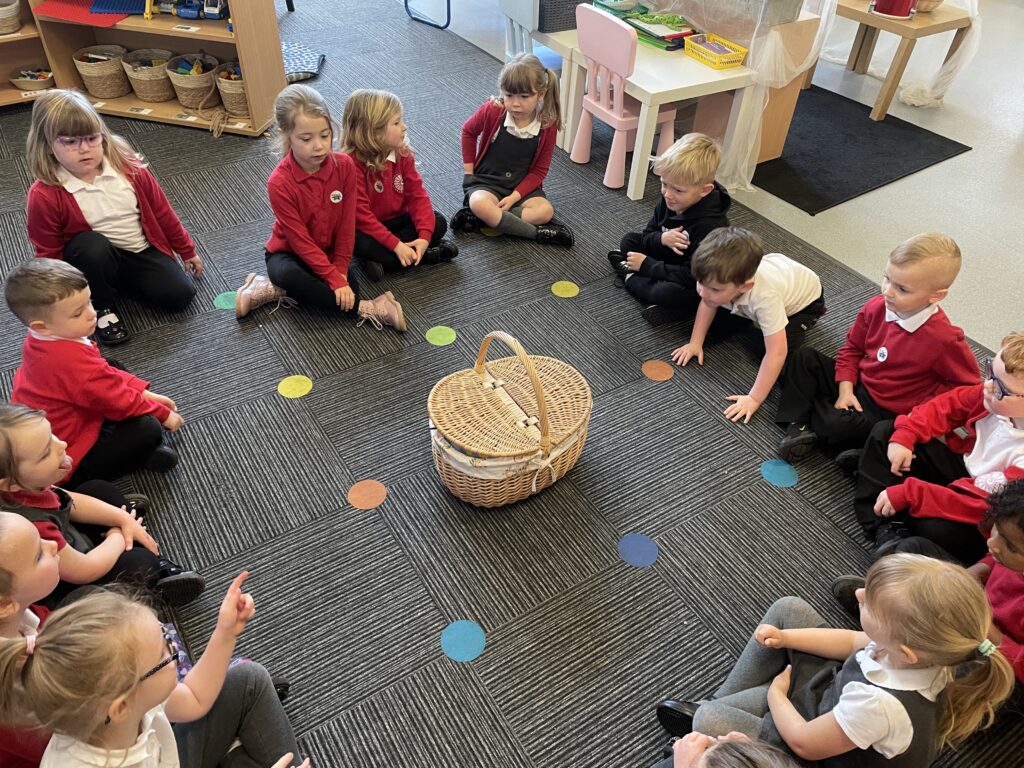
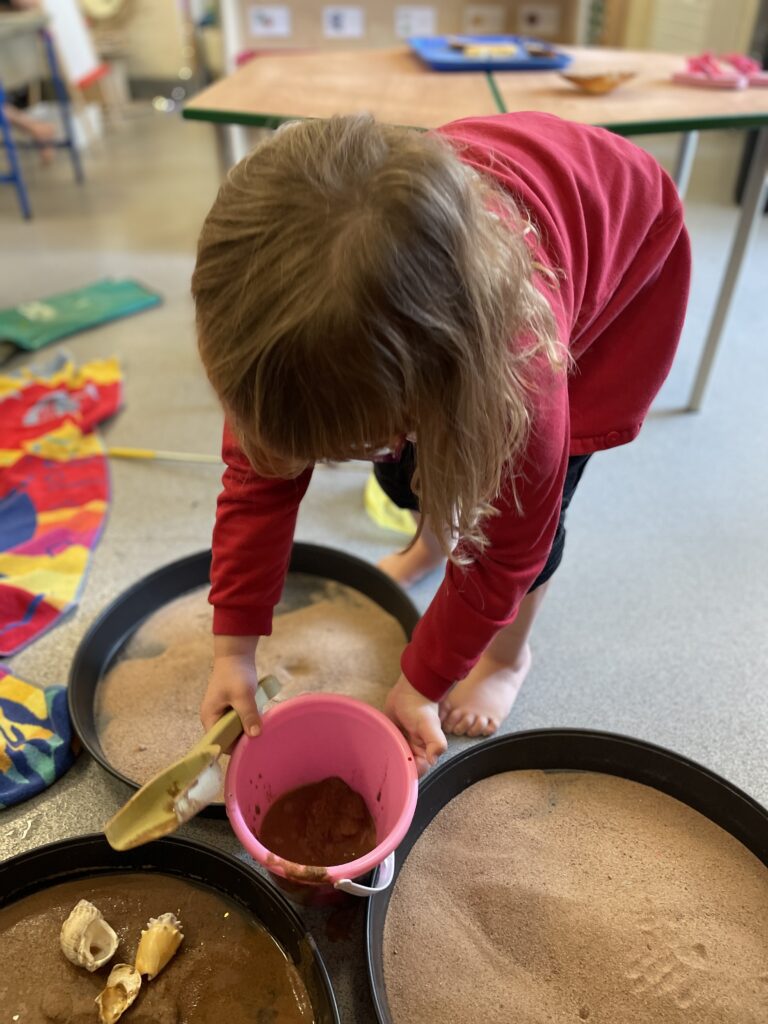
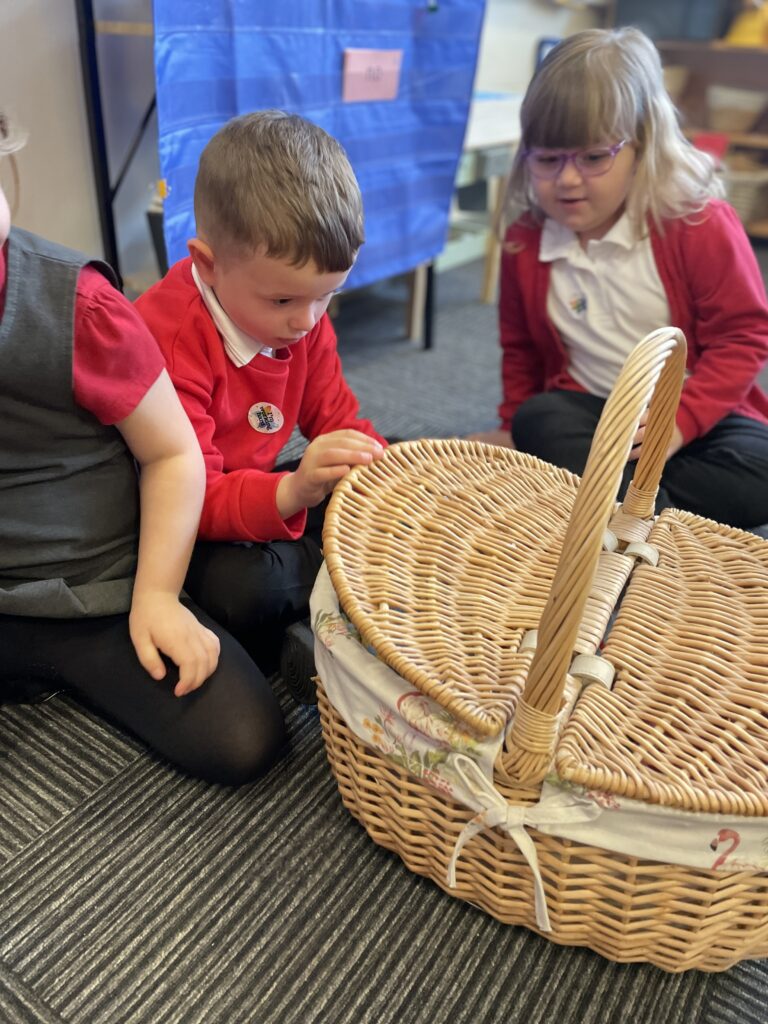
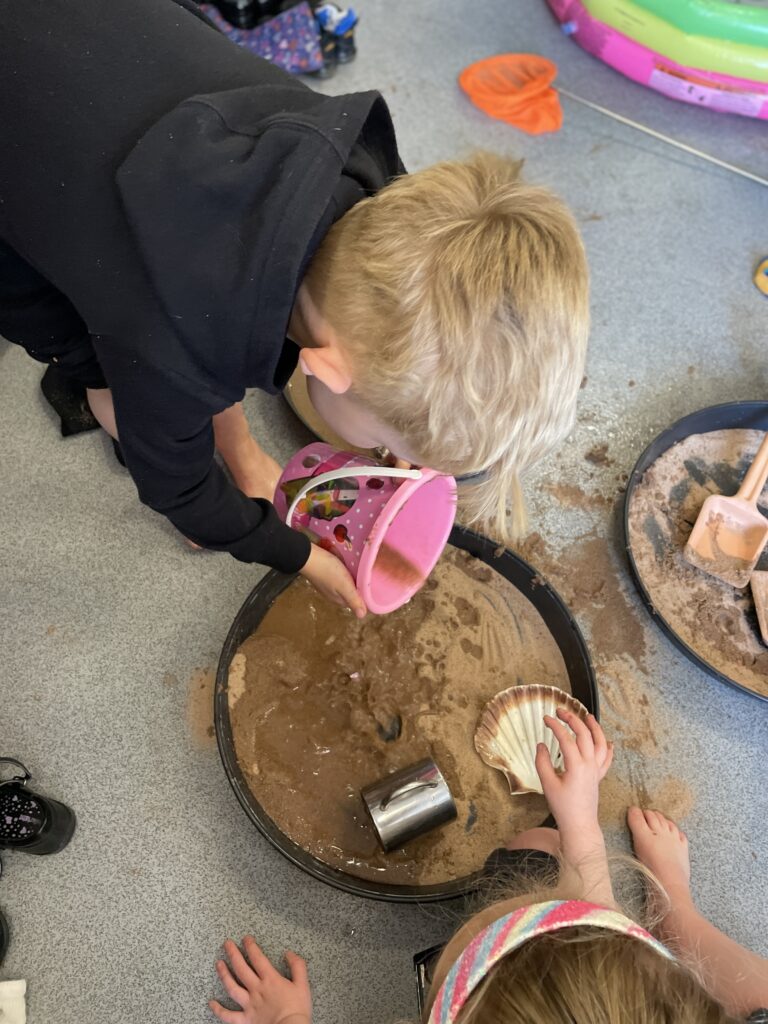
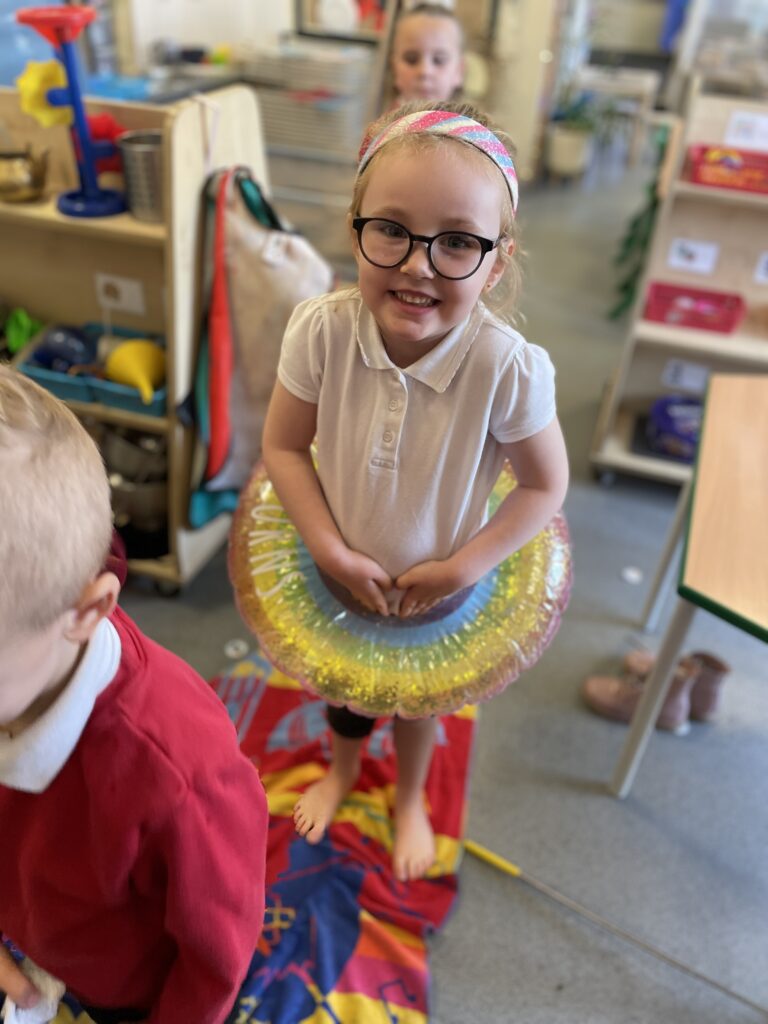
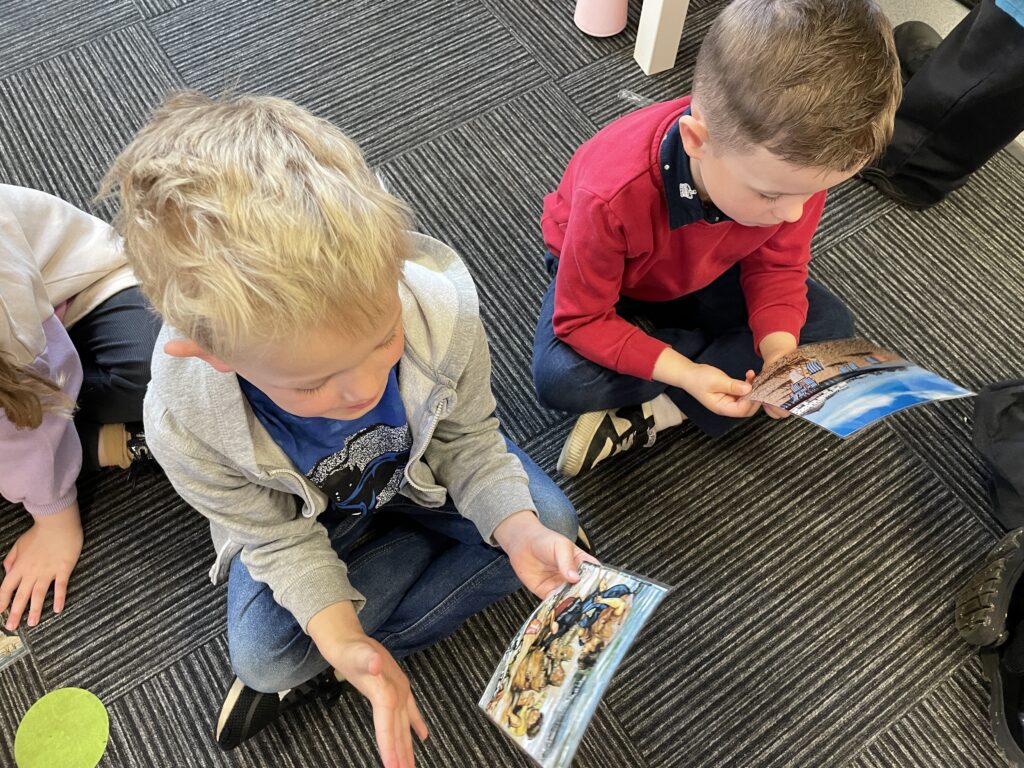
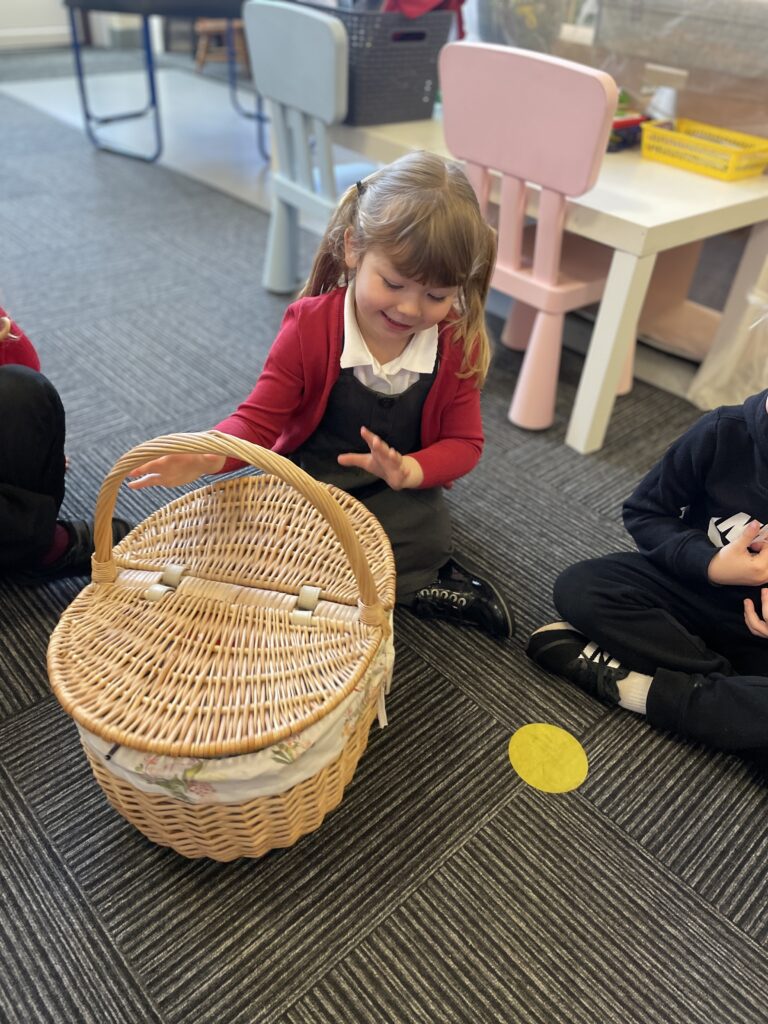
CS2 – How can we help save the ocean?
In case study 2, we hooked into our learning with a rockpool/ocean experience. We explored which animals and creatures we would find in each habitat, and discussed what we knew about each one. Our text for this week was ‘Commotion in the ocean’ and we focussed on all of the new vocabulary and animals within this story. After reading the story, we looked at where we would find these animals – rockpool or ocean – and where in the world we would find them. We talked about whether these animals were the same or different to the ones we saw at Cleethorpes. From this, we write about an animal of our choice, explaining where you could find them.
Next, we read the story ‘Harry saves the ocean’. We talked about what humans are doing that is harming the ocean and what we can do to help. We talked lots about the rubbish we had seen in our local community on our local community walk, and how this harms the environment and the animals living in it. From this, we launched into our final product – creating a sticker for our bins in the local community, reminding people to recycle! We designed and created collages of ocean and seaside animals to go onto the bin stickers and used our critique to improve our collaging and cutting skills until we were happy with the product we had created.
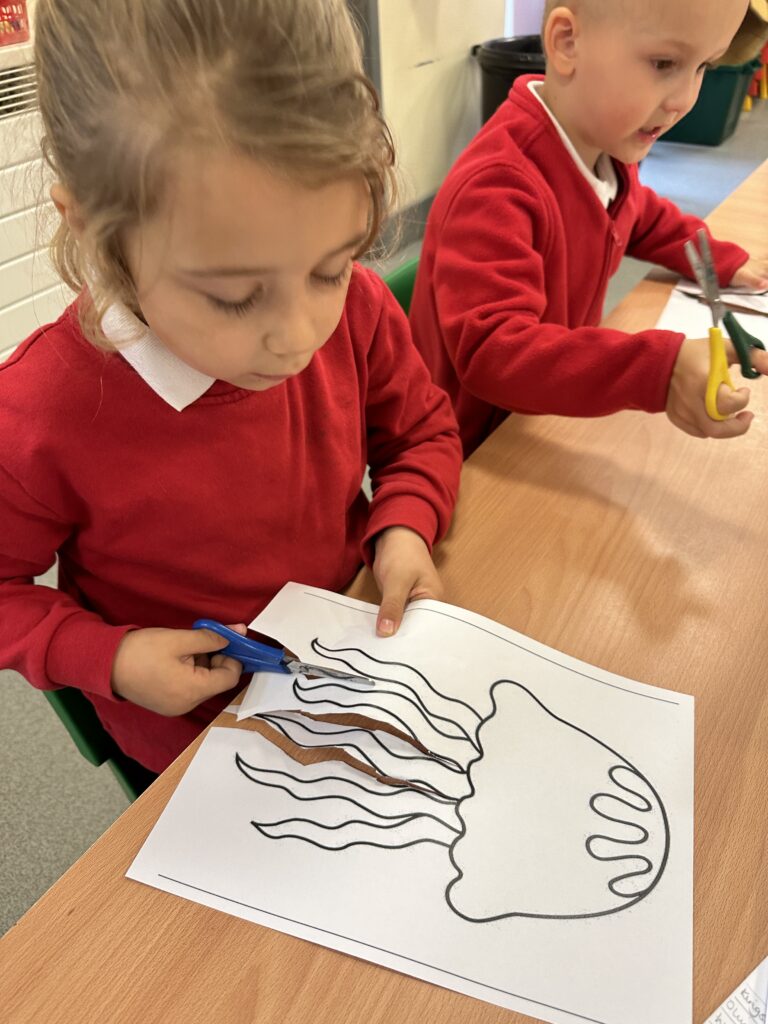
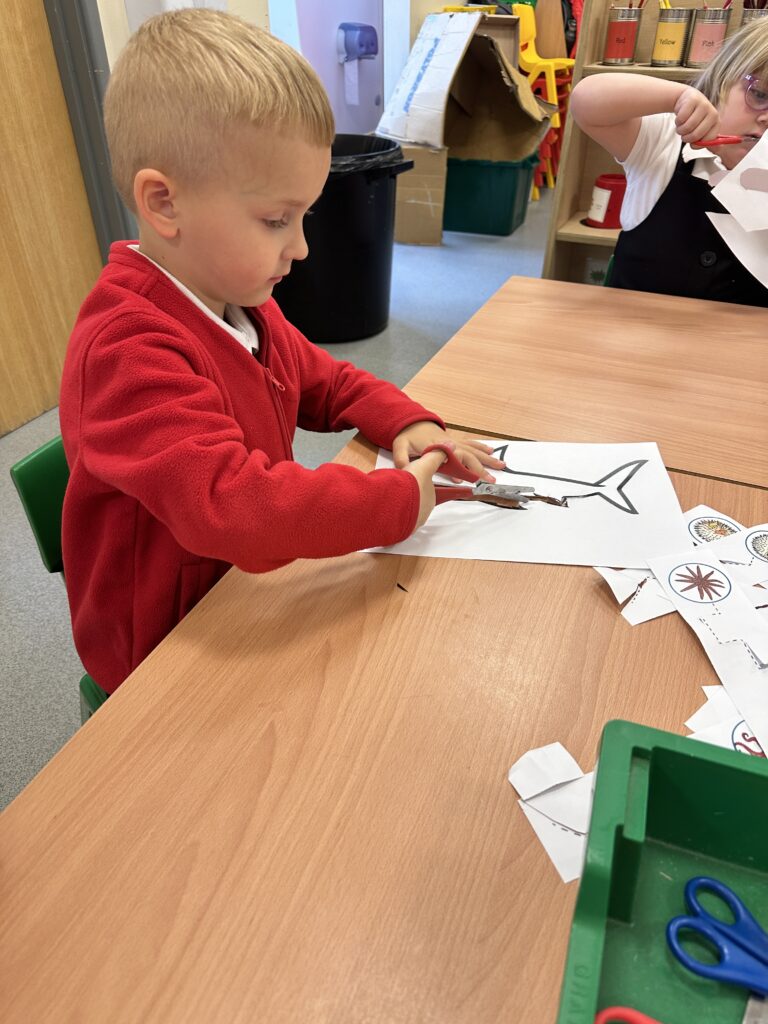
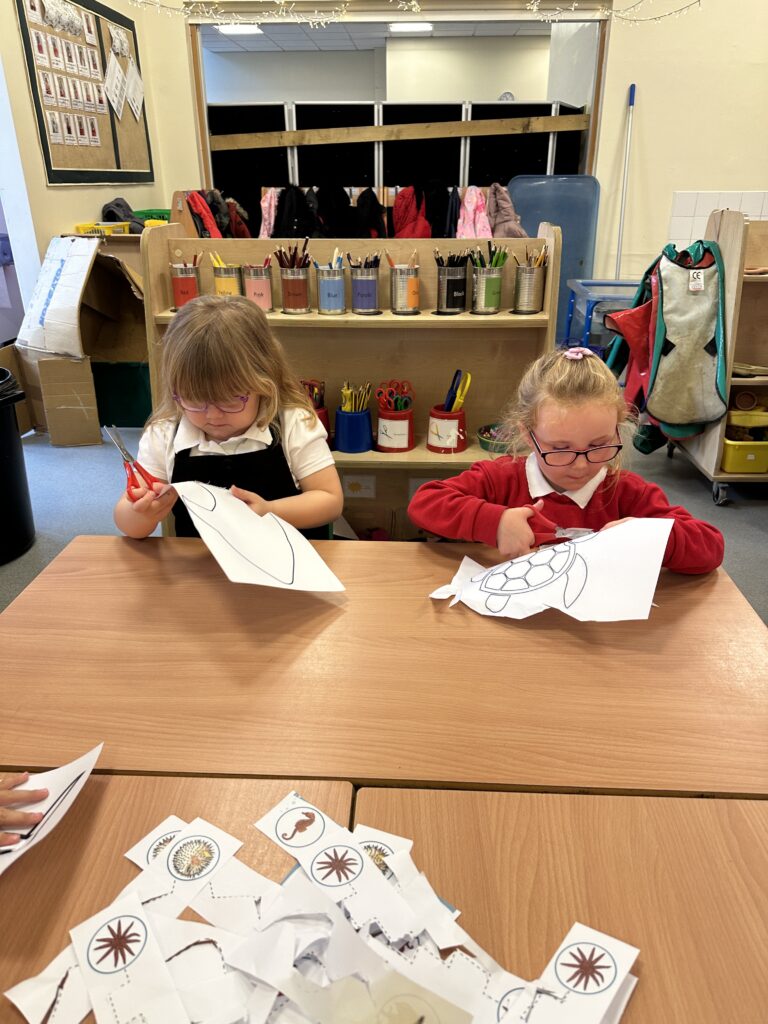
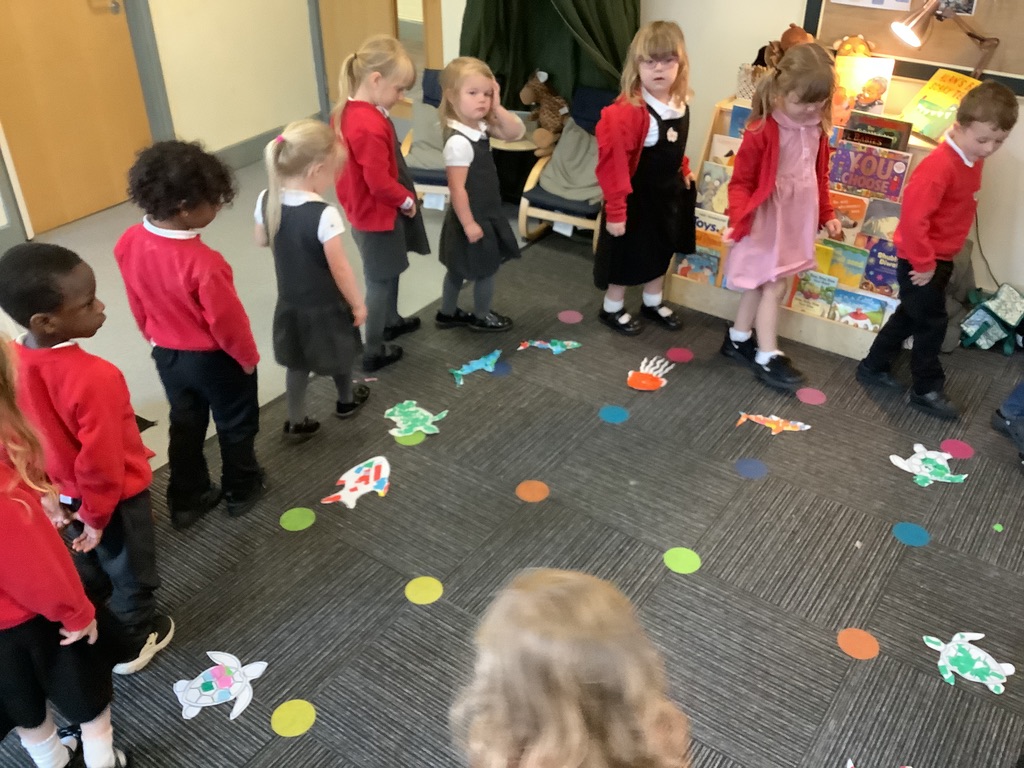
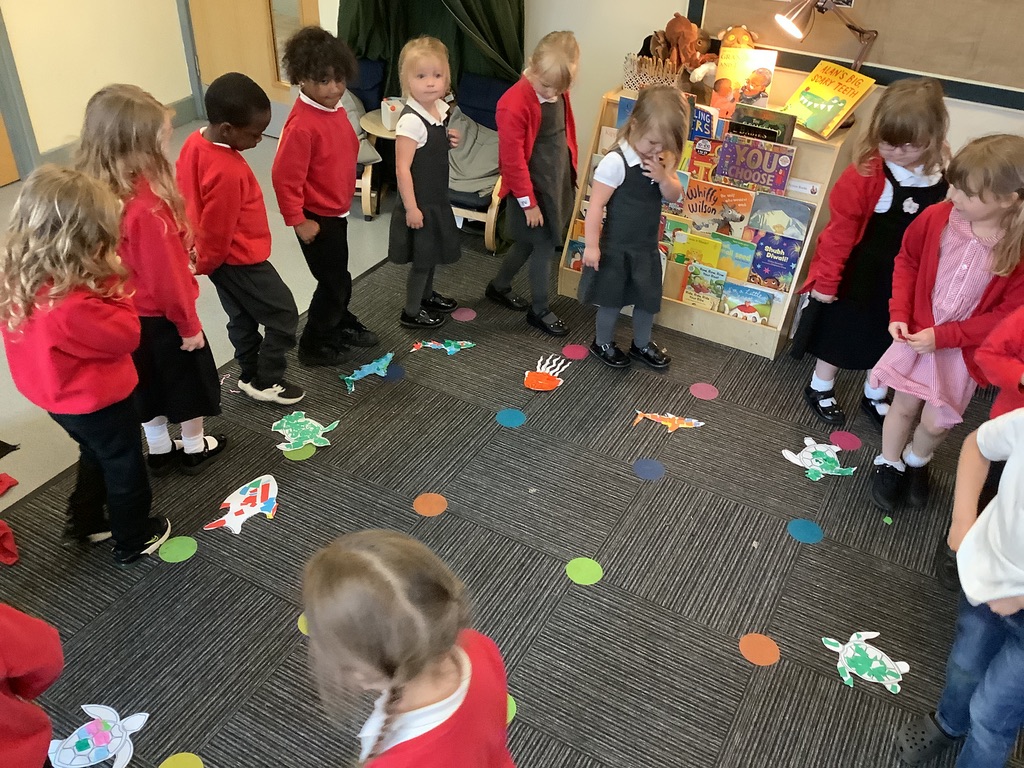

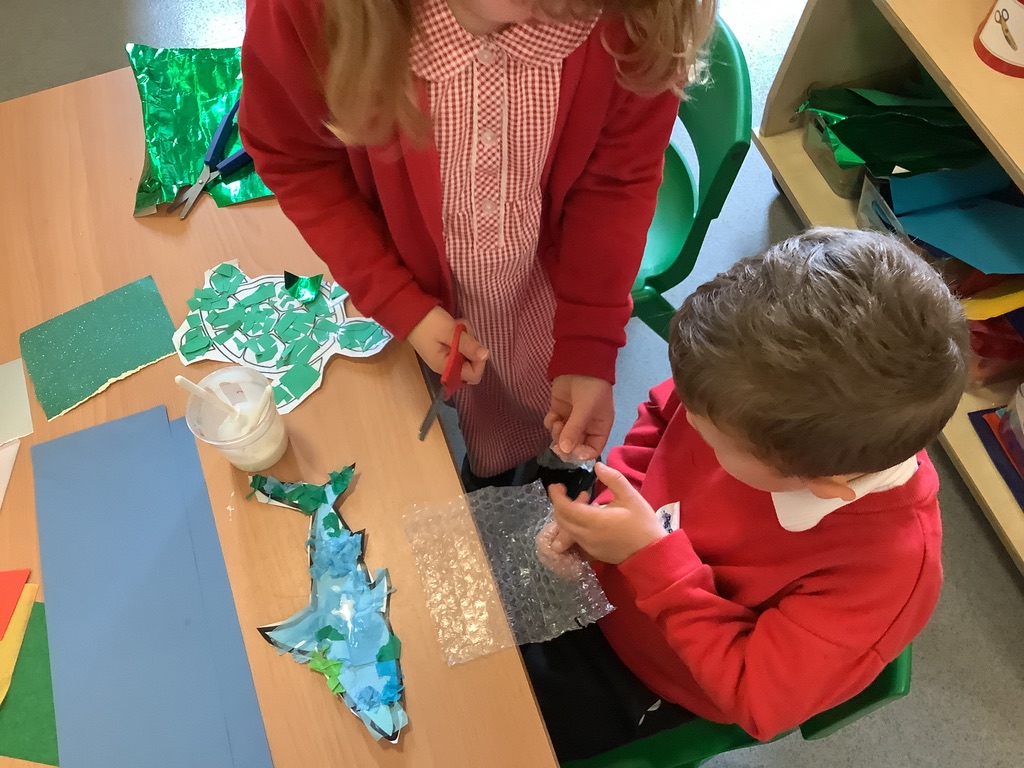
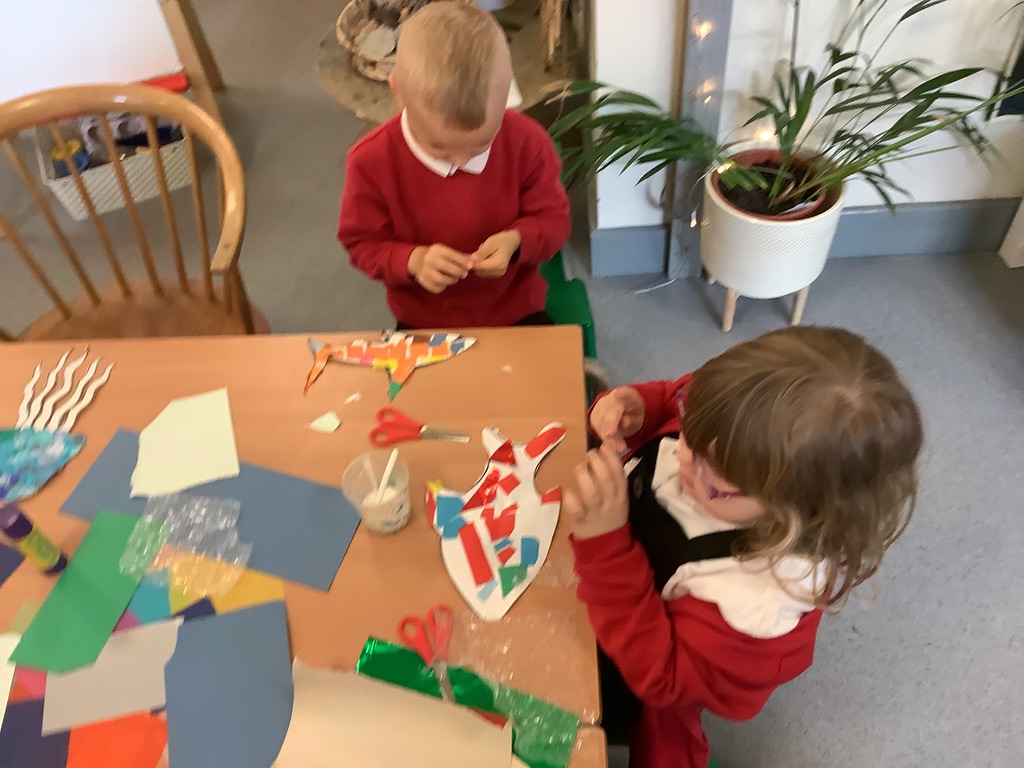
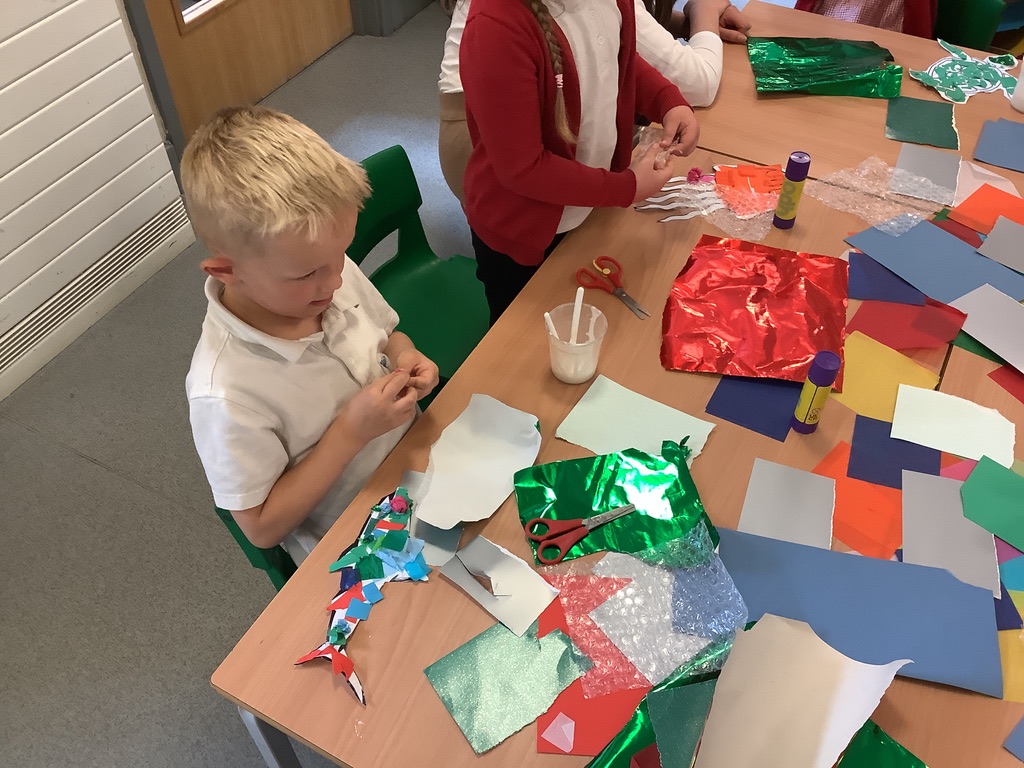


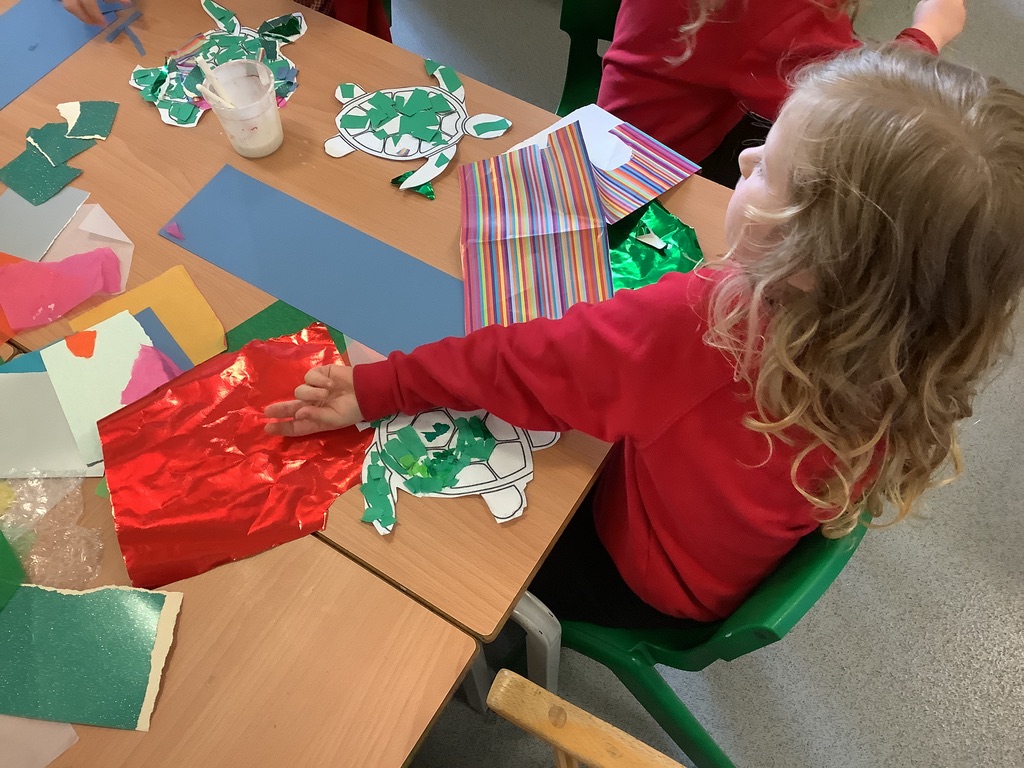

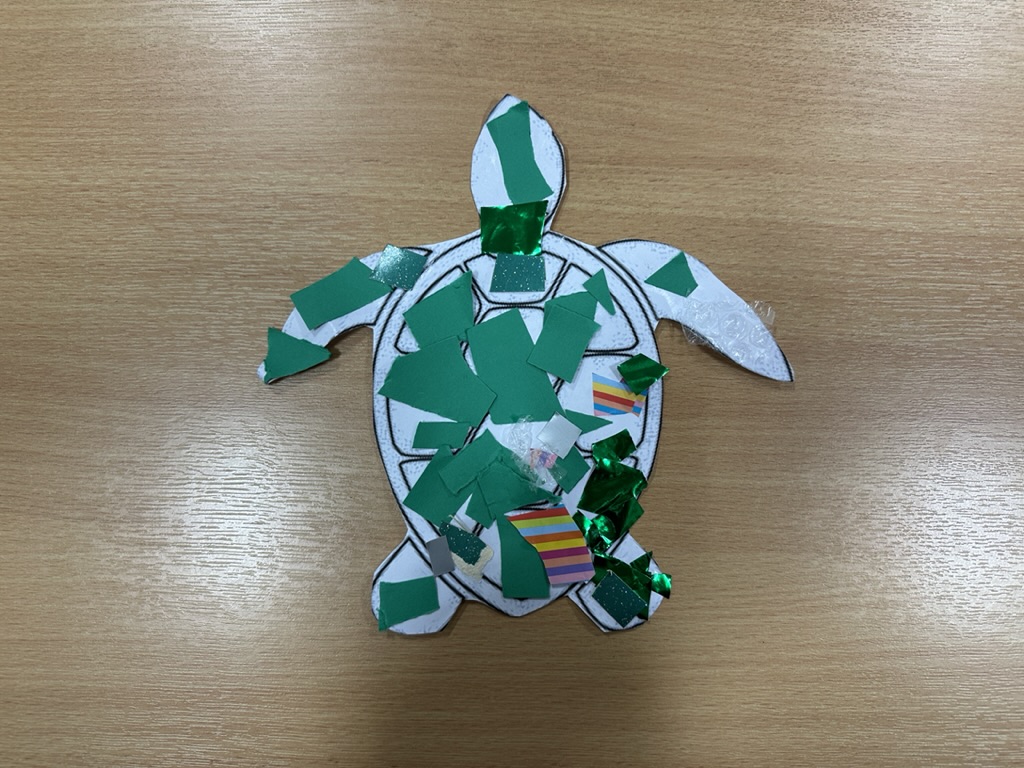


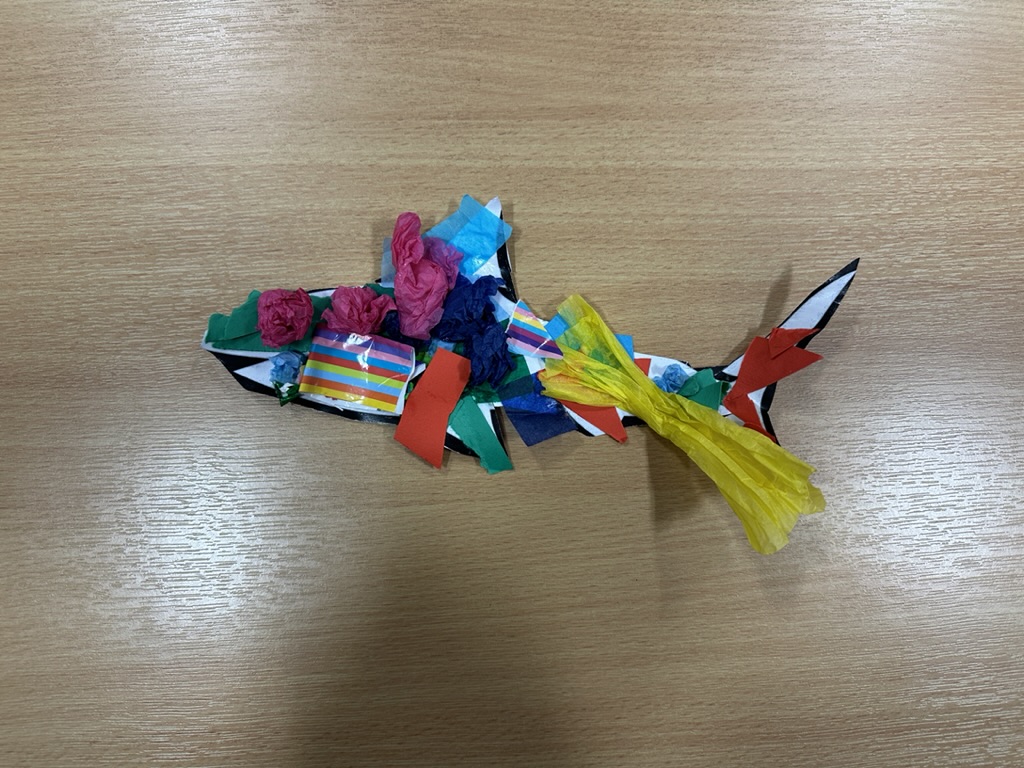
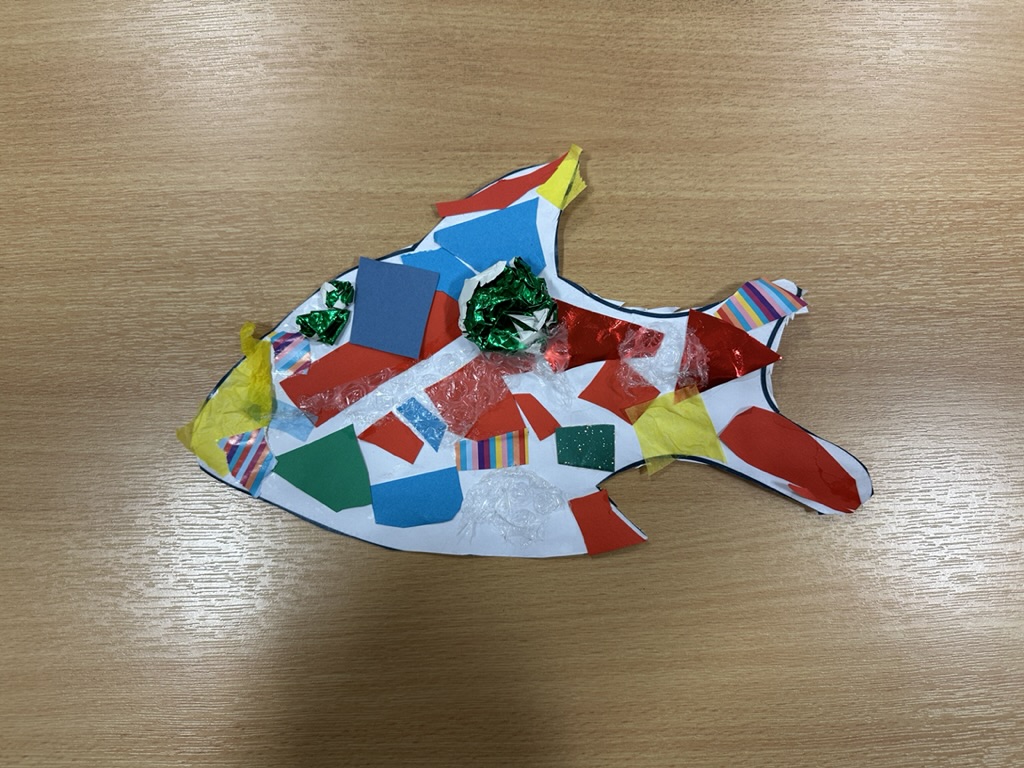
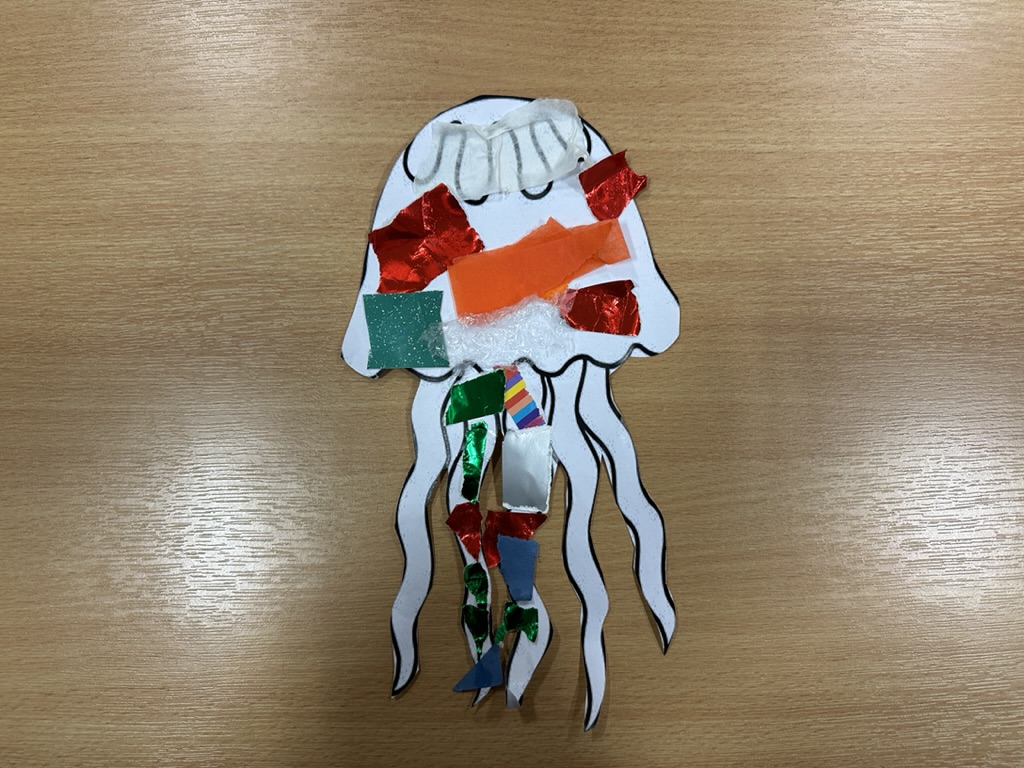

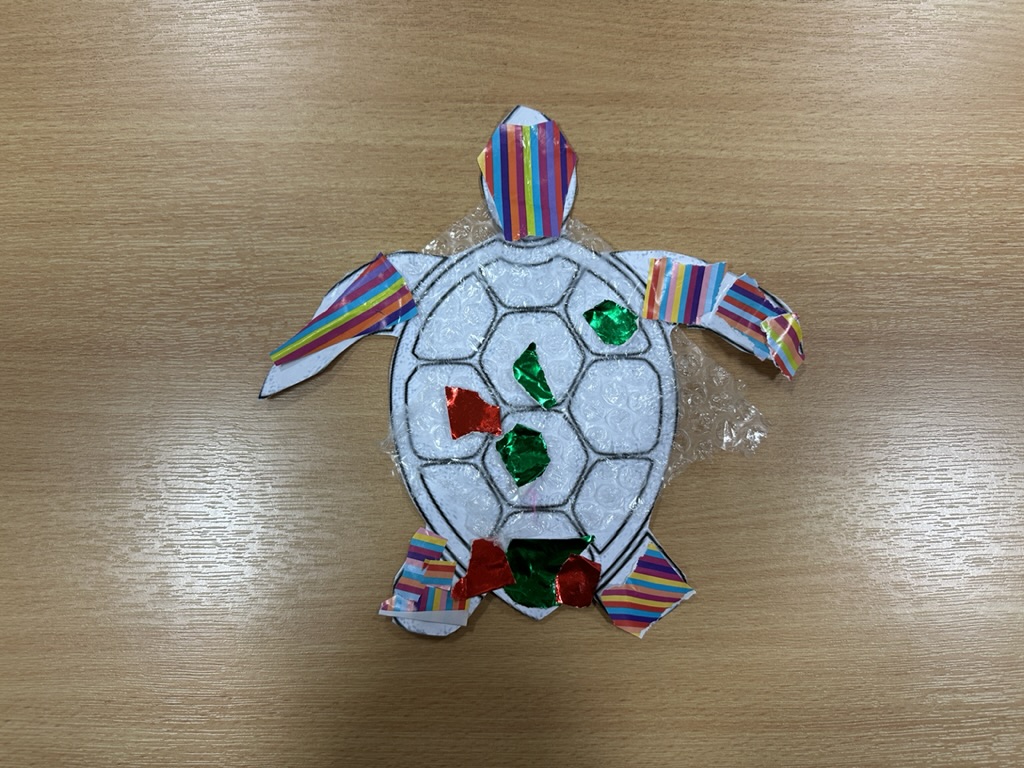


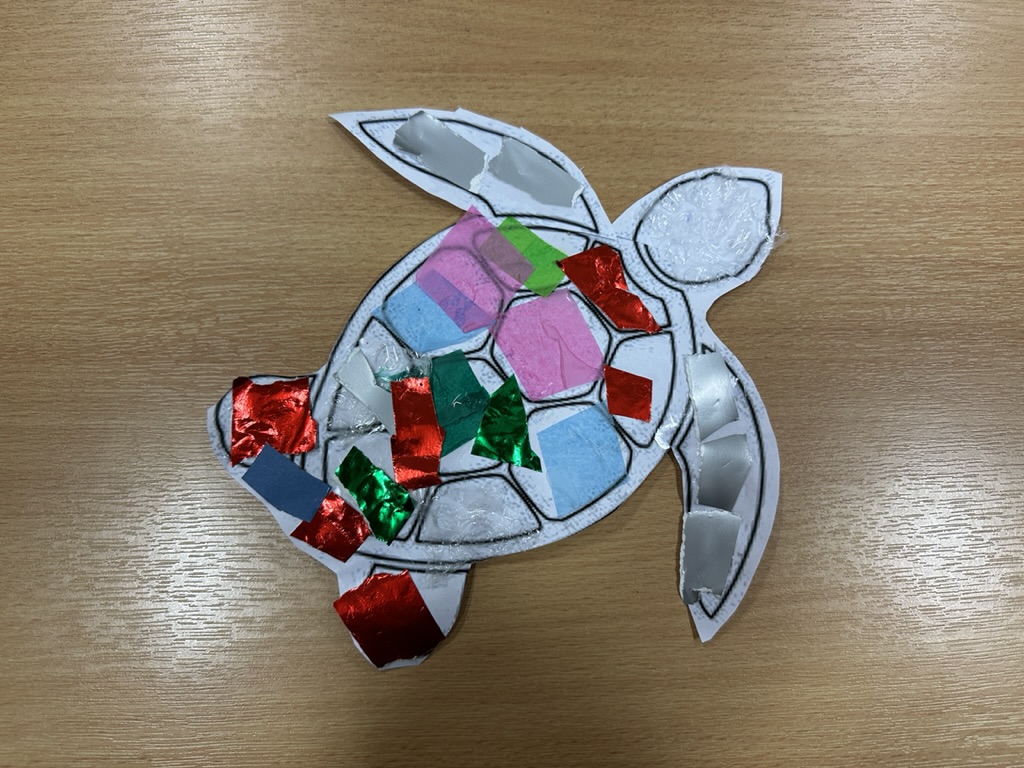
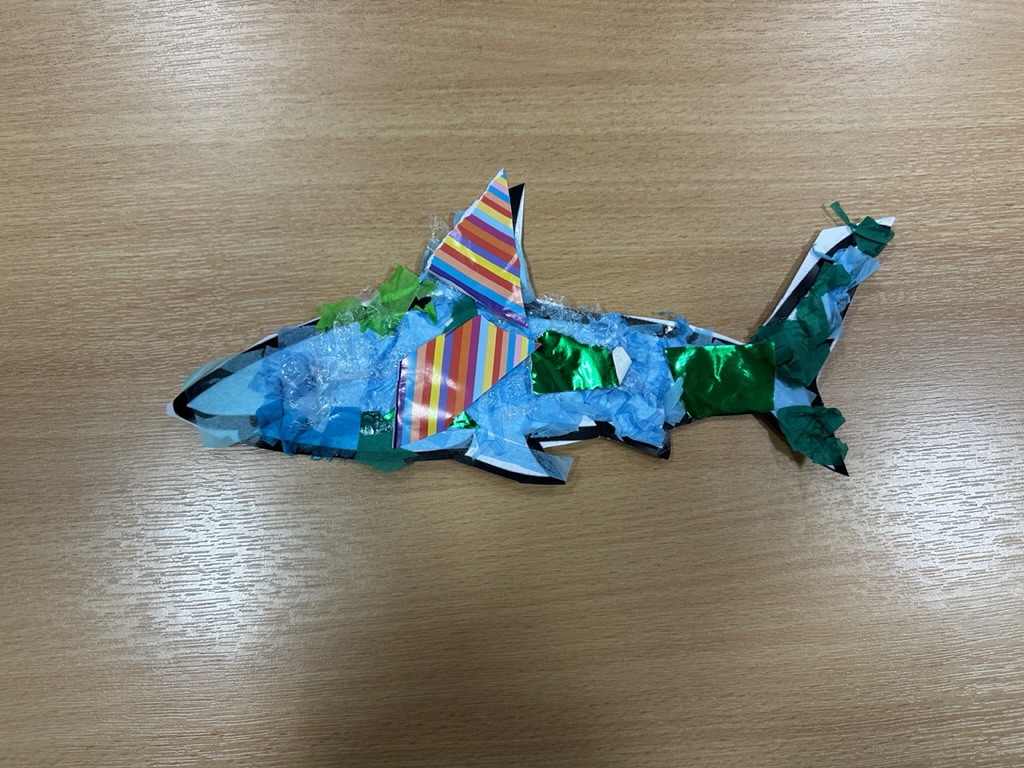

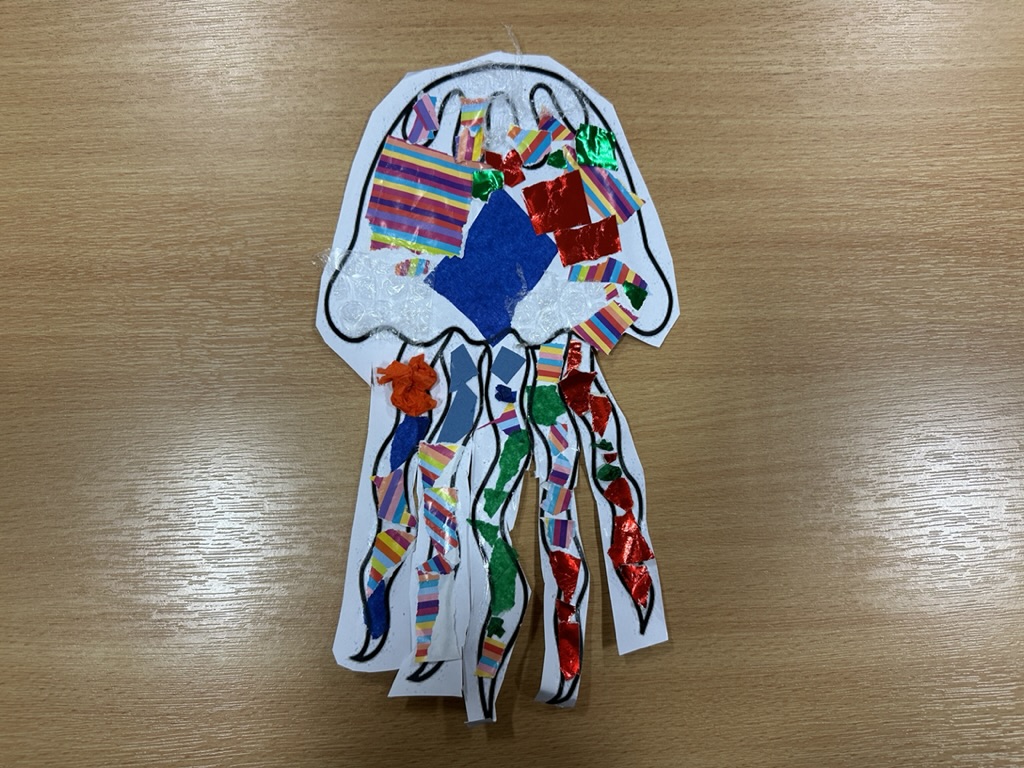
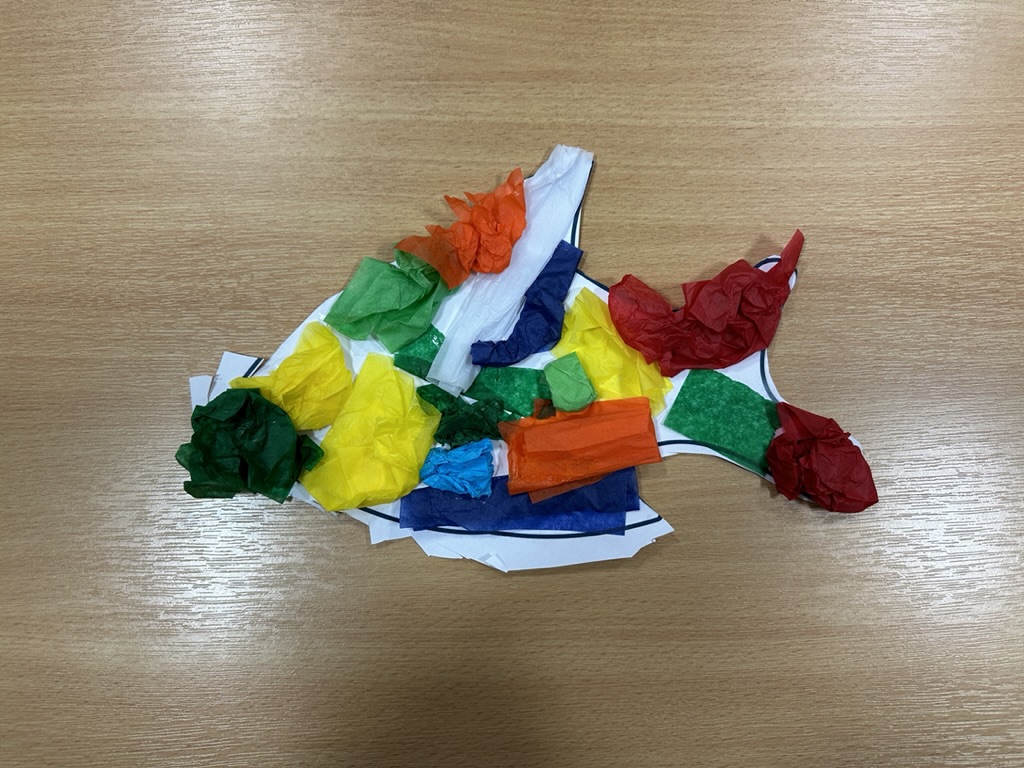
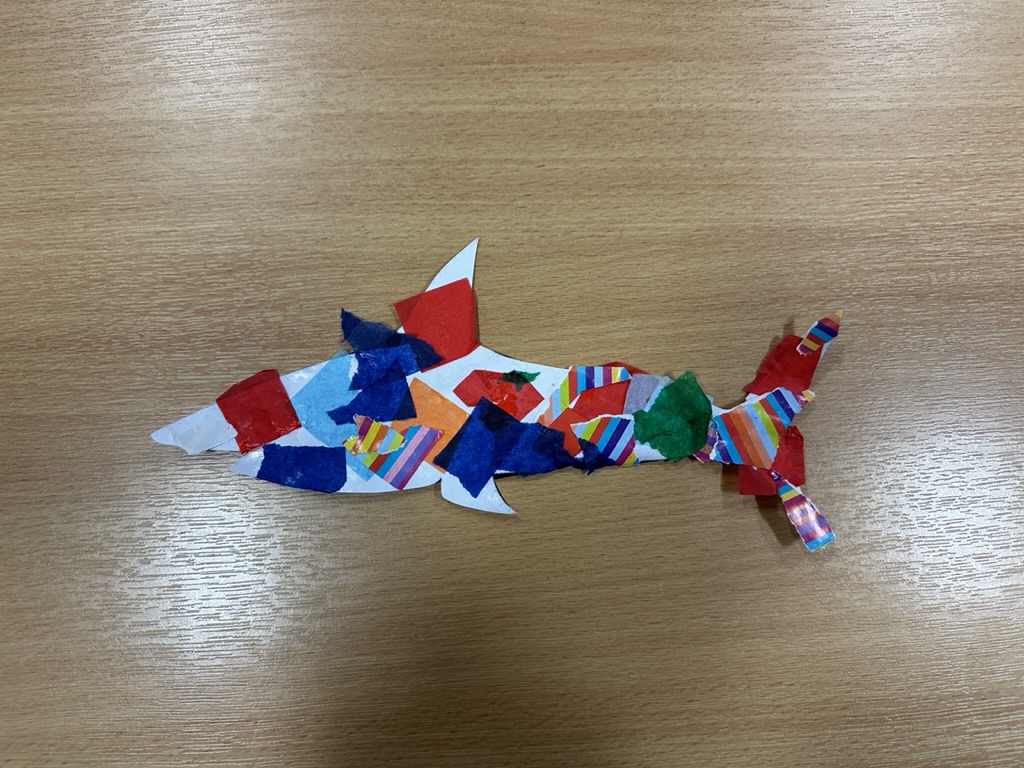
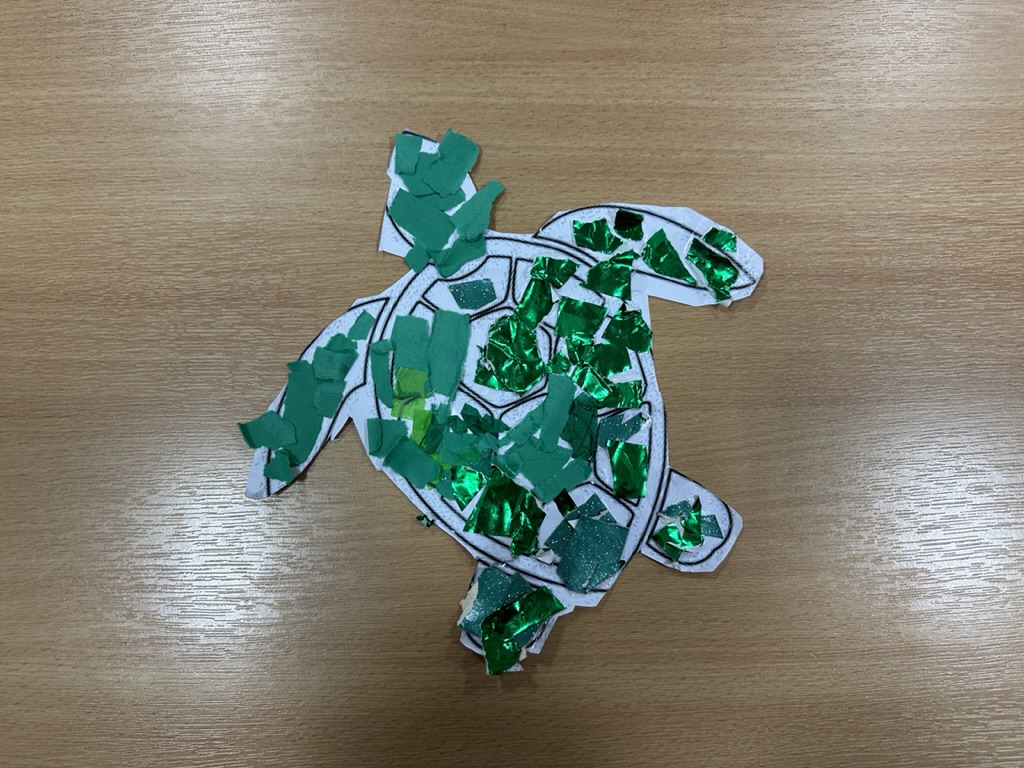
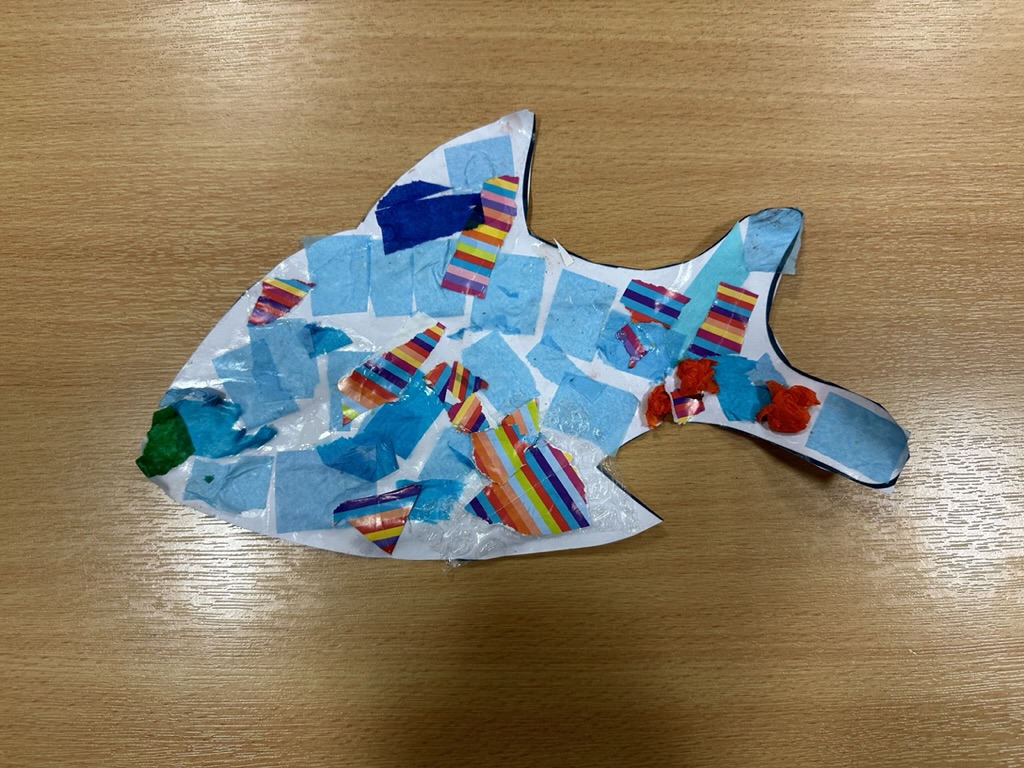
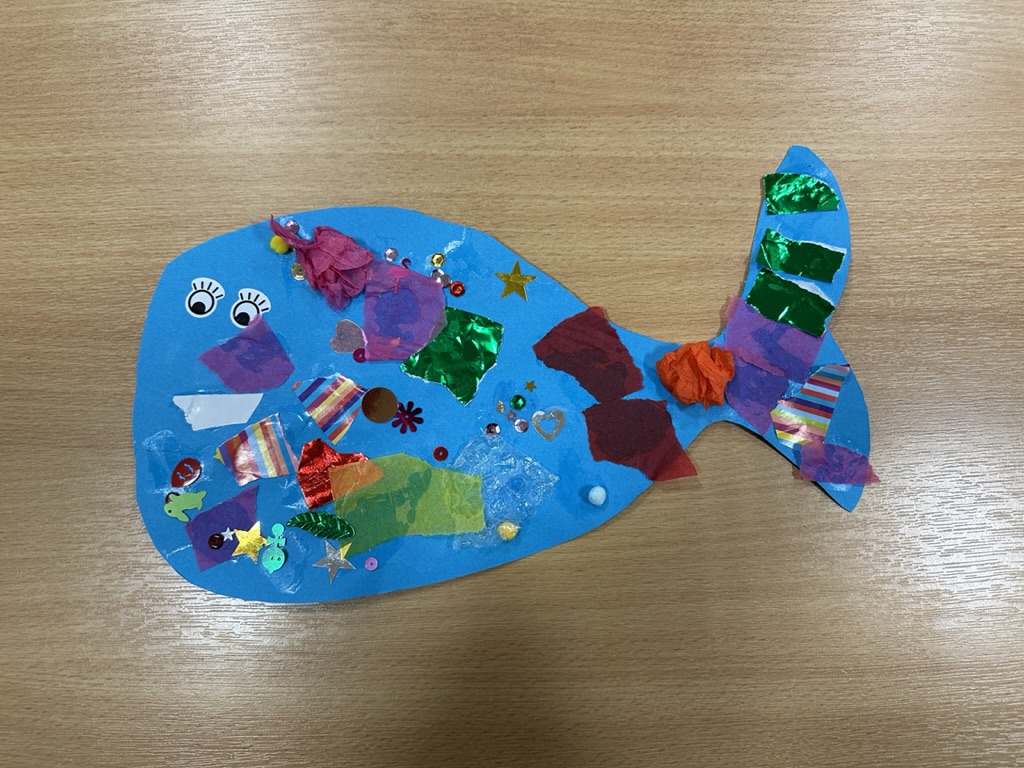
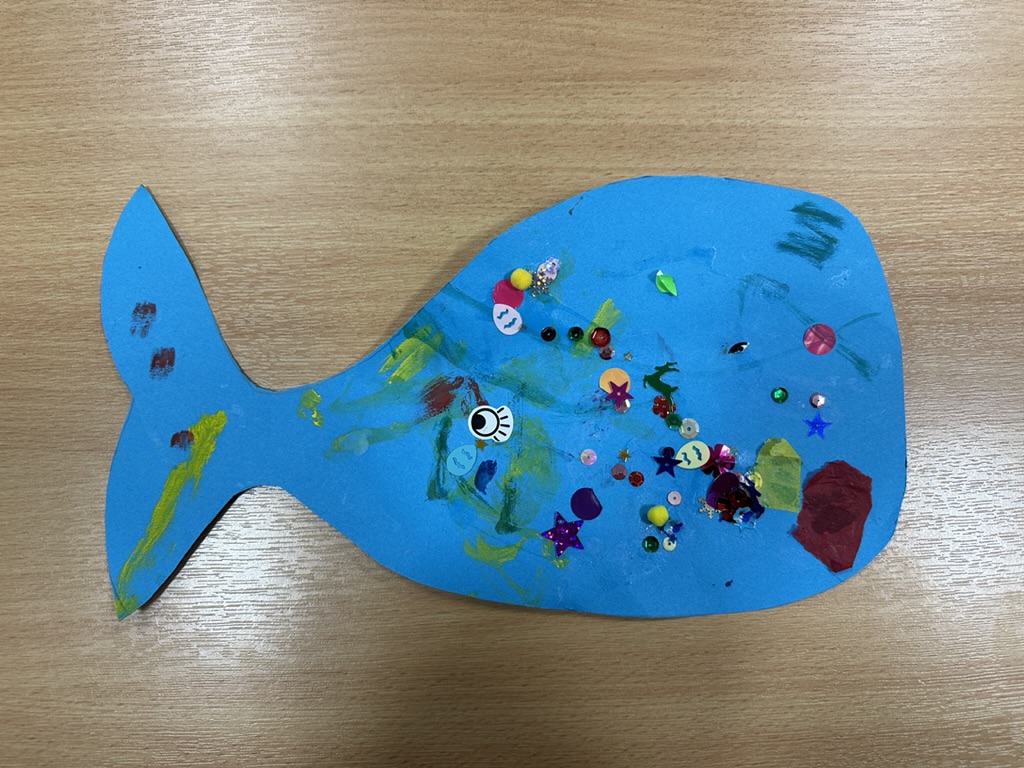
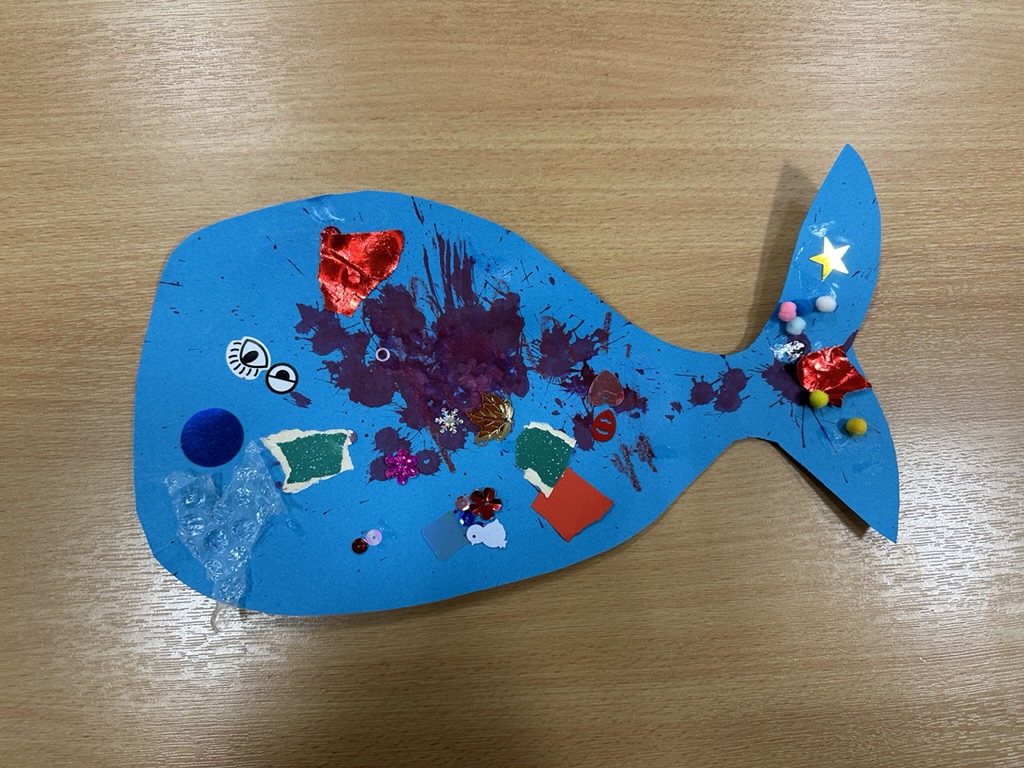
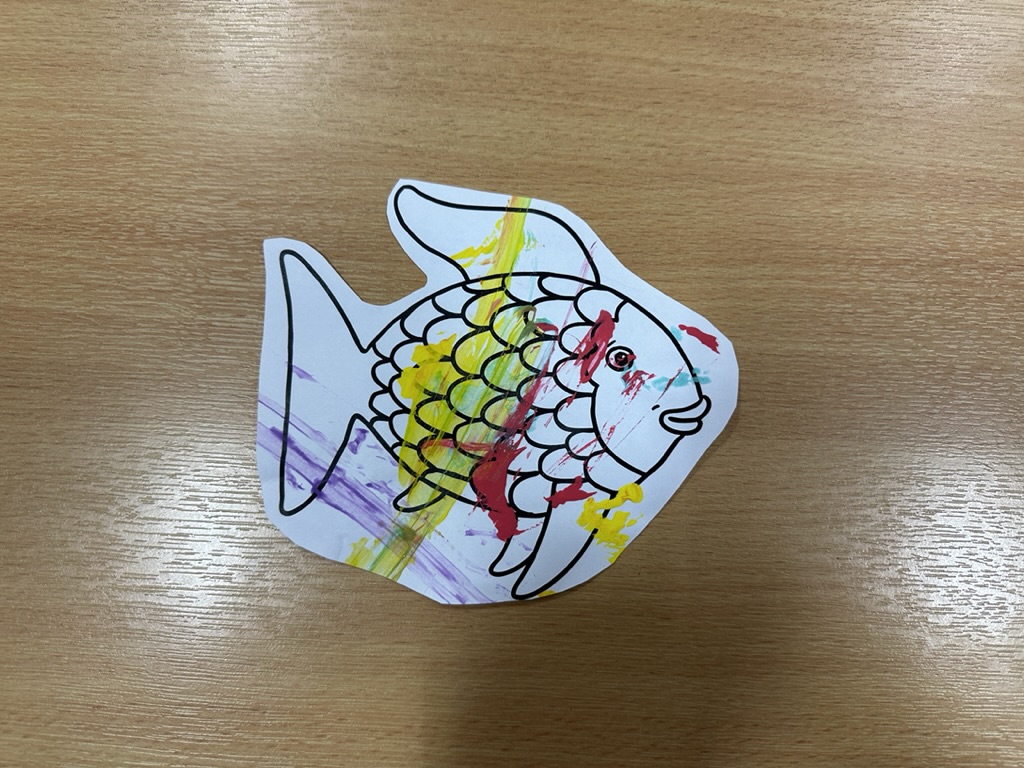


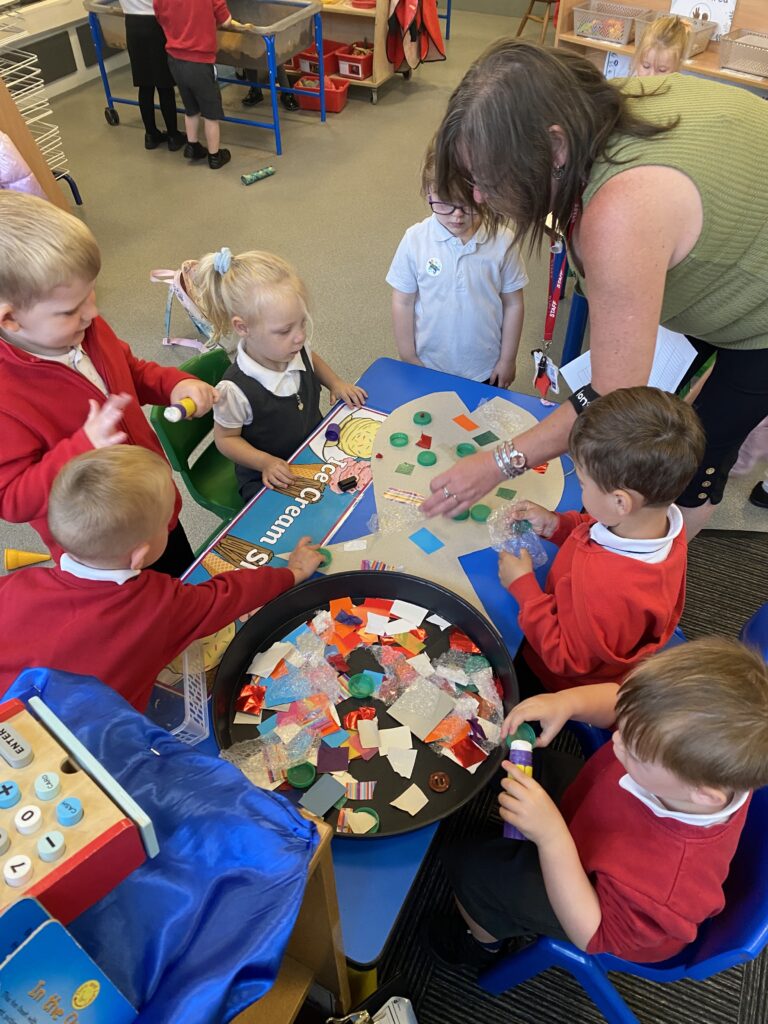
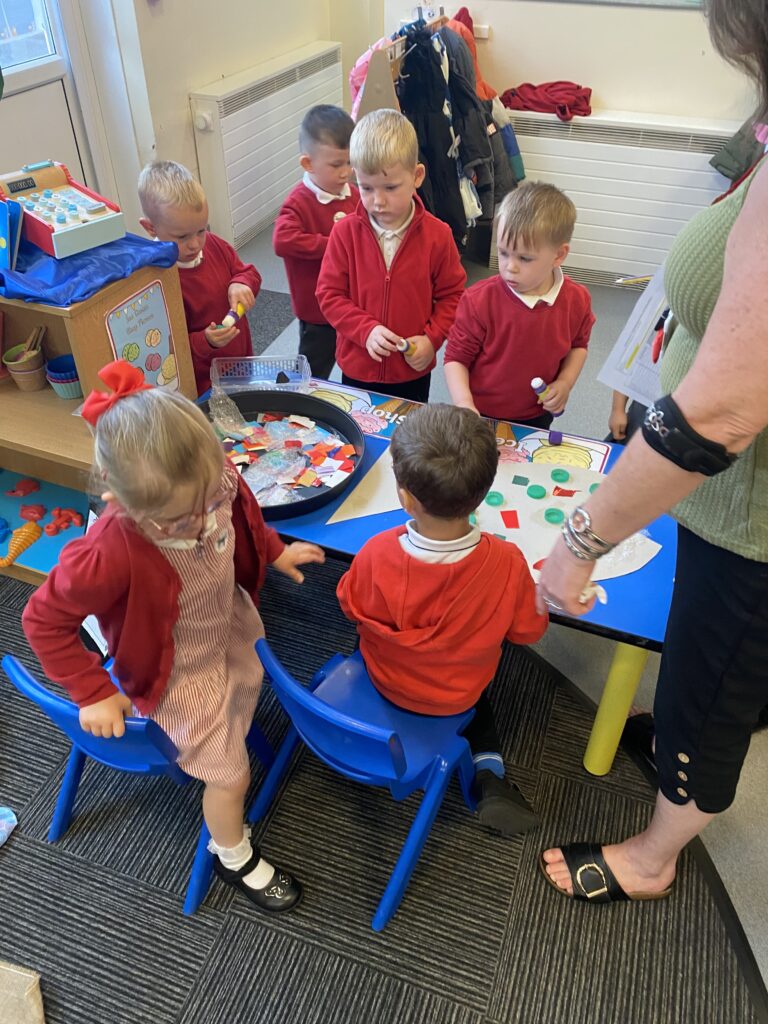
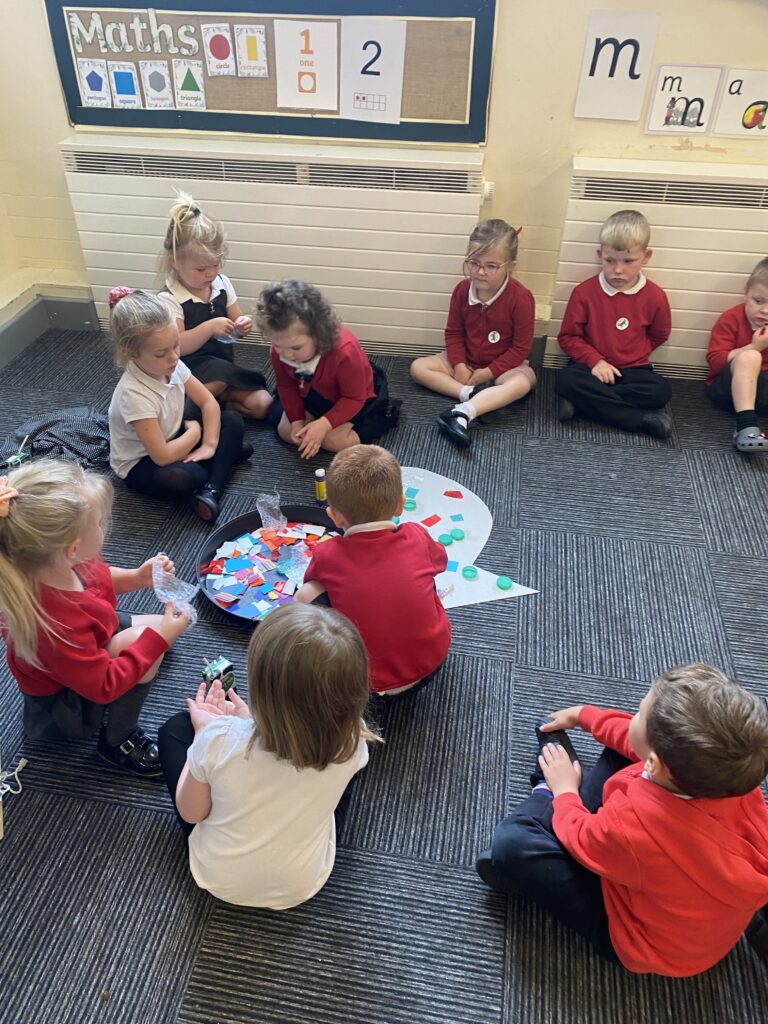
CS3 – What story will you tell?
To hook into case study 3, we had a magical pirate and mermaid hook day! We came into school dressed up as mermaids and pirates and had lots of games and role play opportunities in school before having a picnic! Our first text for this case study was ‘Billy’s bucket’ where we explored our imaginations to describe what we would see if we had a magical bucket. We drew pictures of what we would like and wrote about what we would see using our imaginations. We then looked at two stories, ‘Pirates love underpants!’ and ‘The singing mermaid’. We loved predicting what would happen in these stories and talking about the journeys that the characters went on. After we had read the stories, we used our props and costumes to act them out and to recount them!
Final Product and Celebration of Learning
The final product saw the children stick their recycling stickers on bins around the local community! The children invited their grown ups in to share their learning and to launch their product, explaining why they had chosen to create the bin stickers and how they had created the artwork for them.
